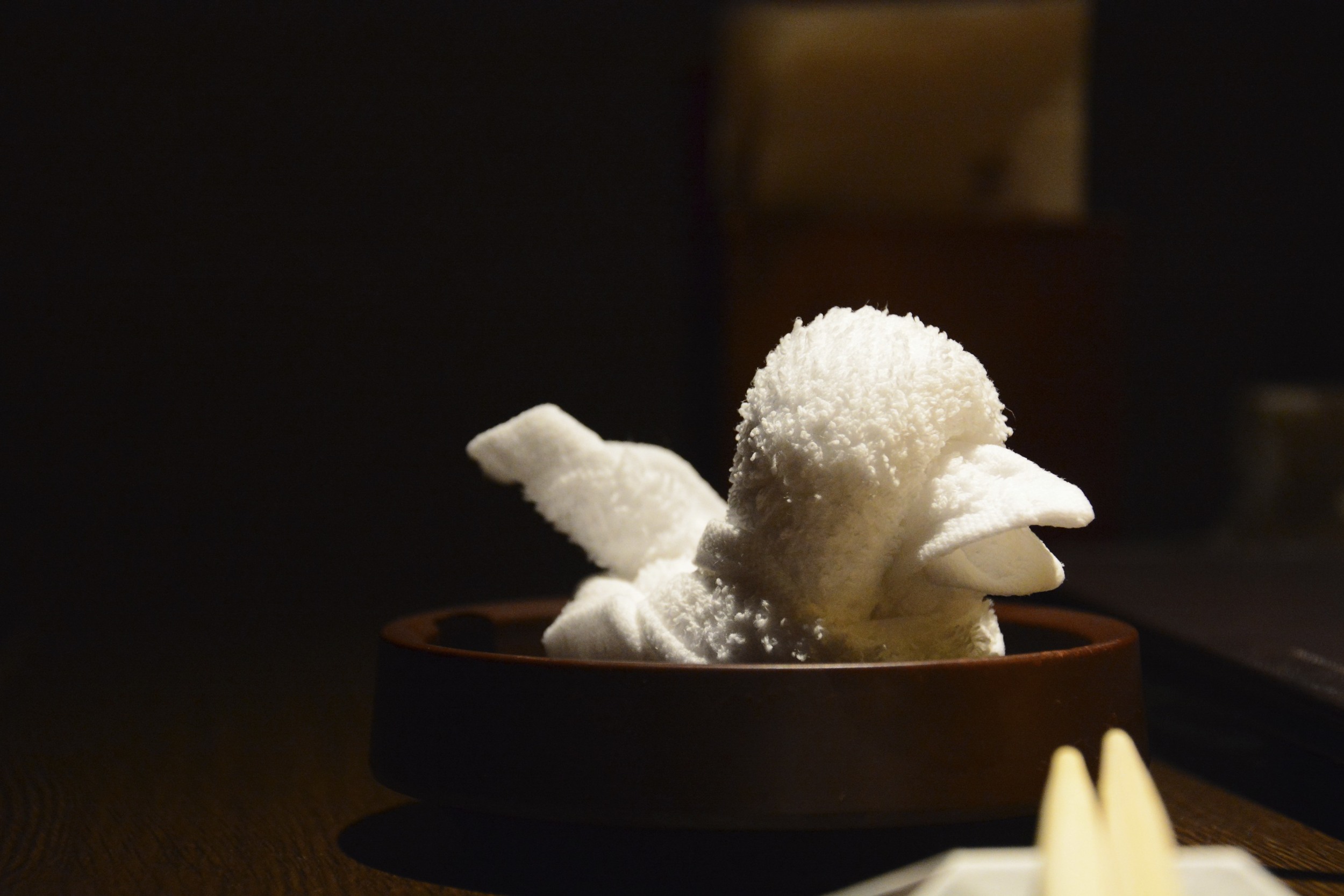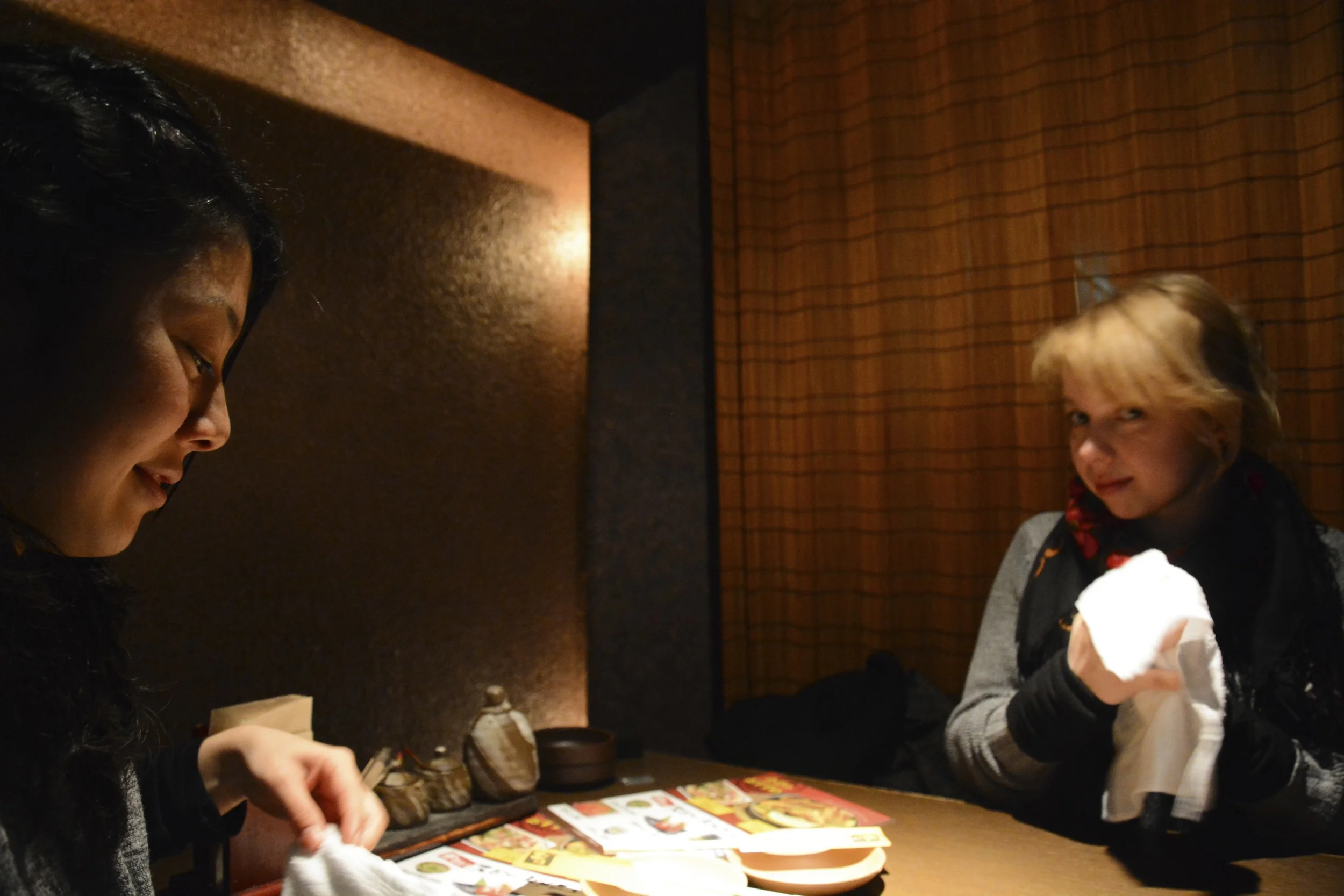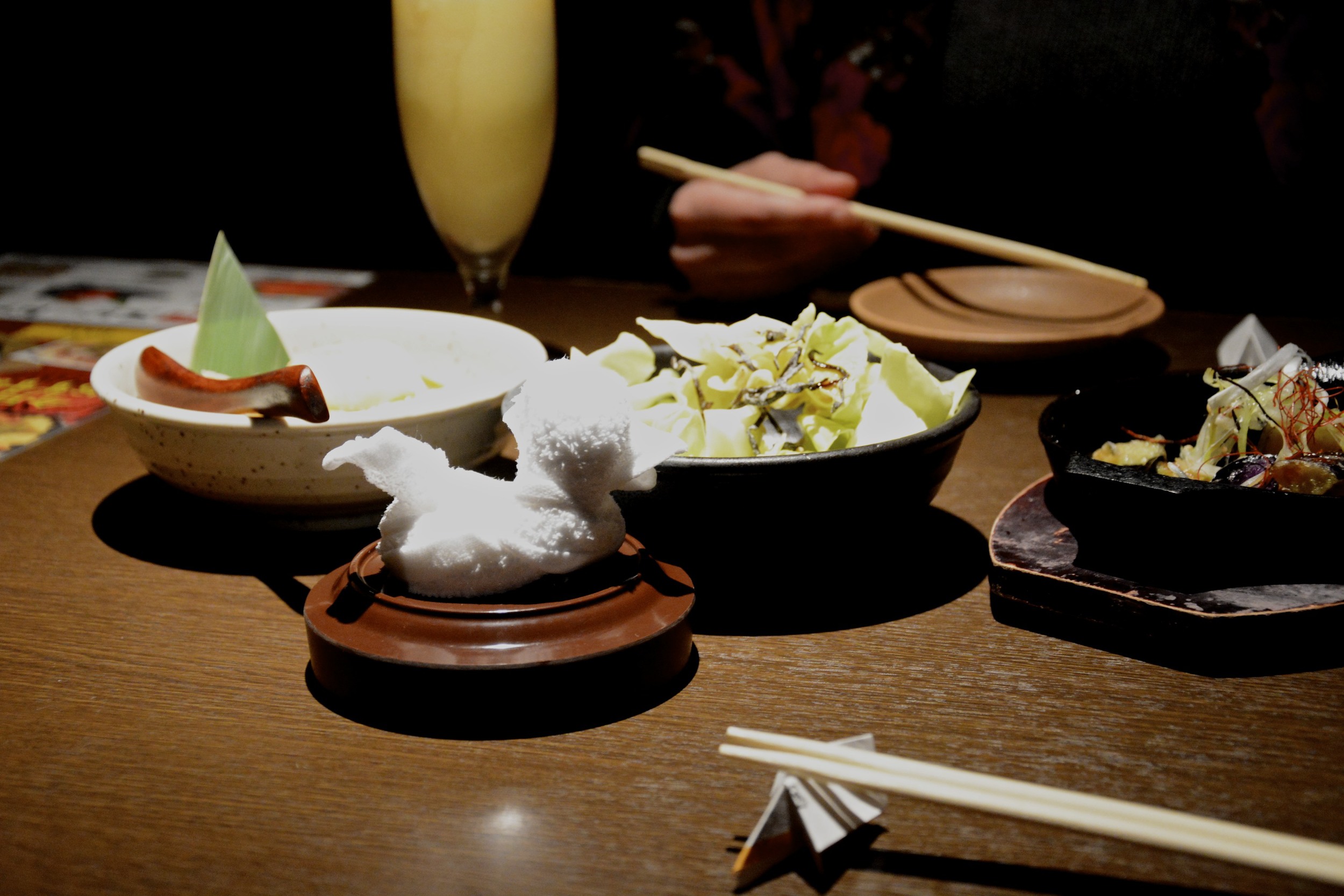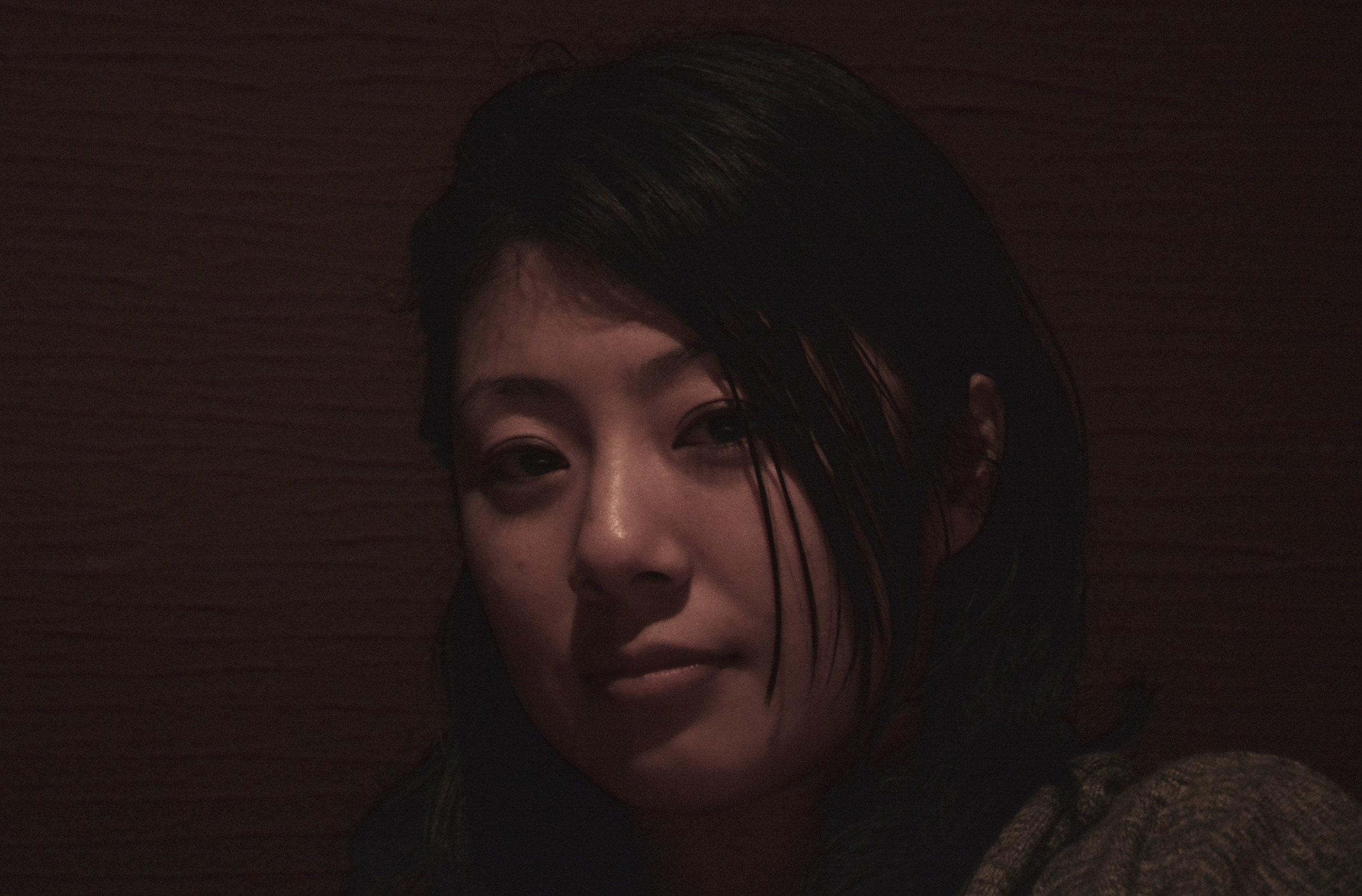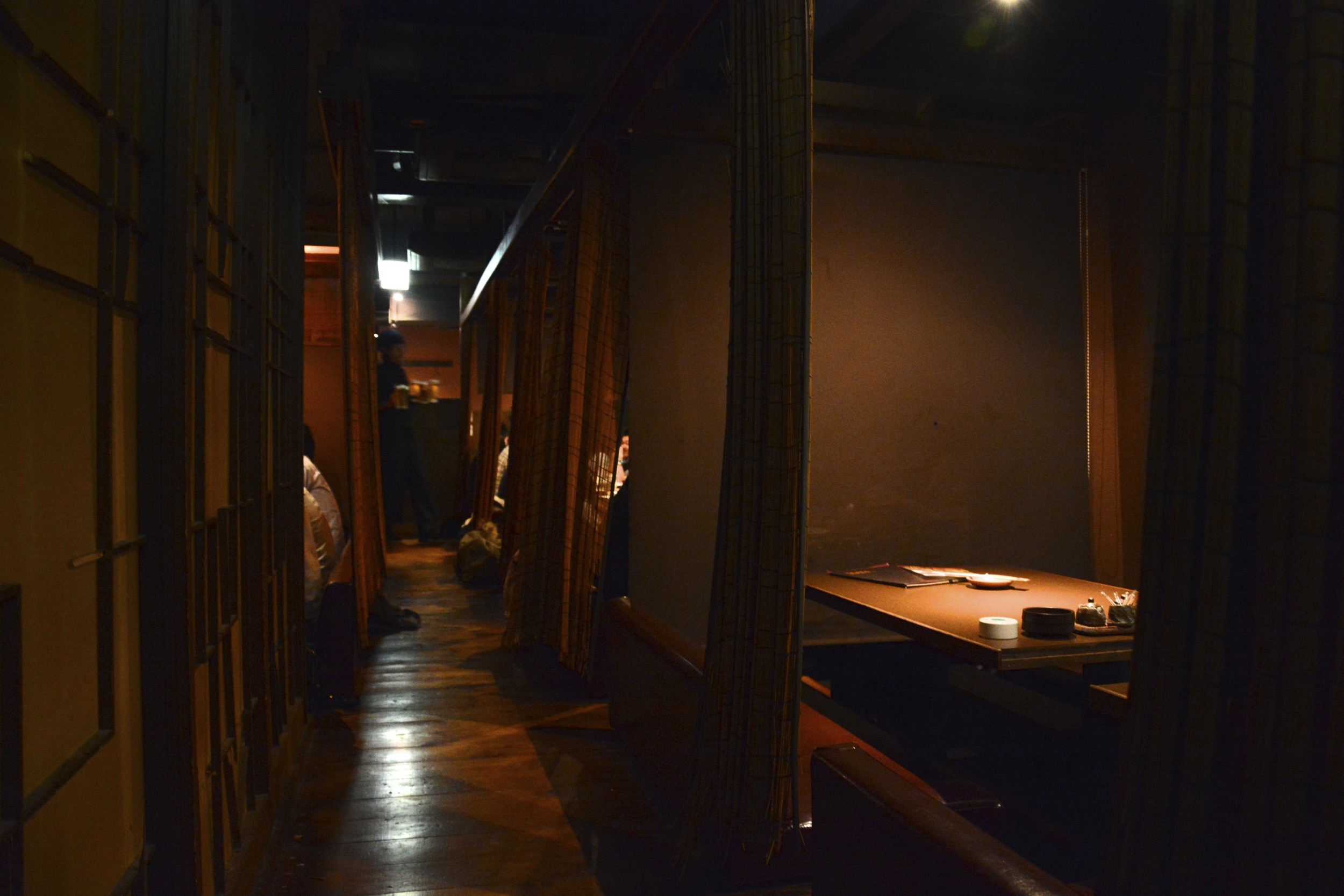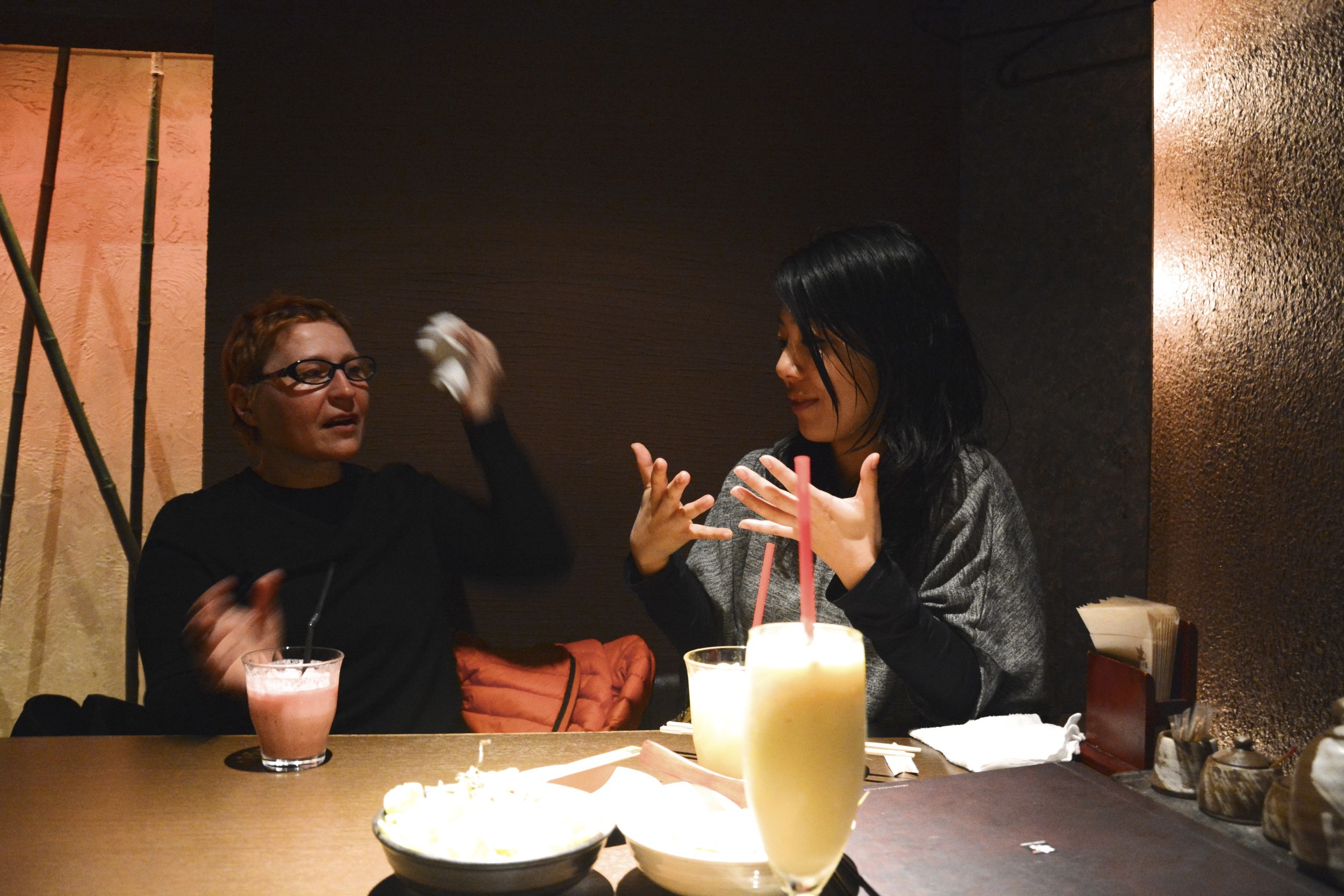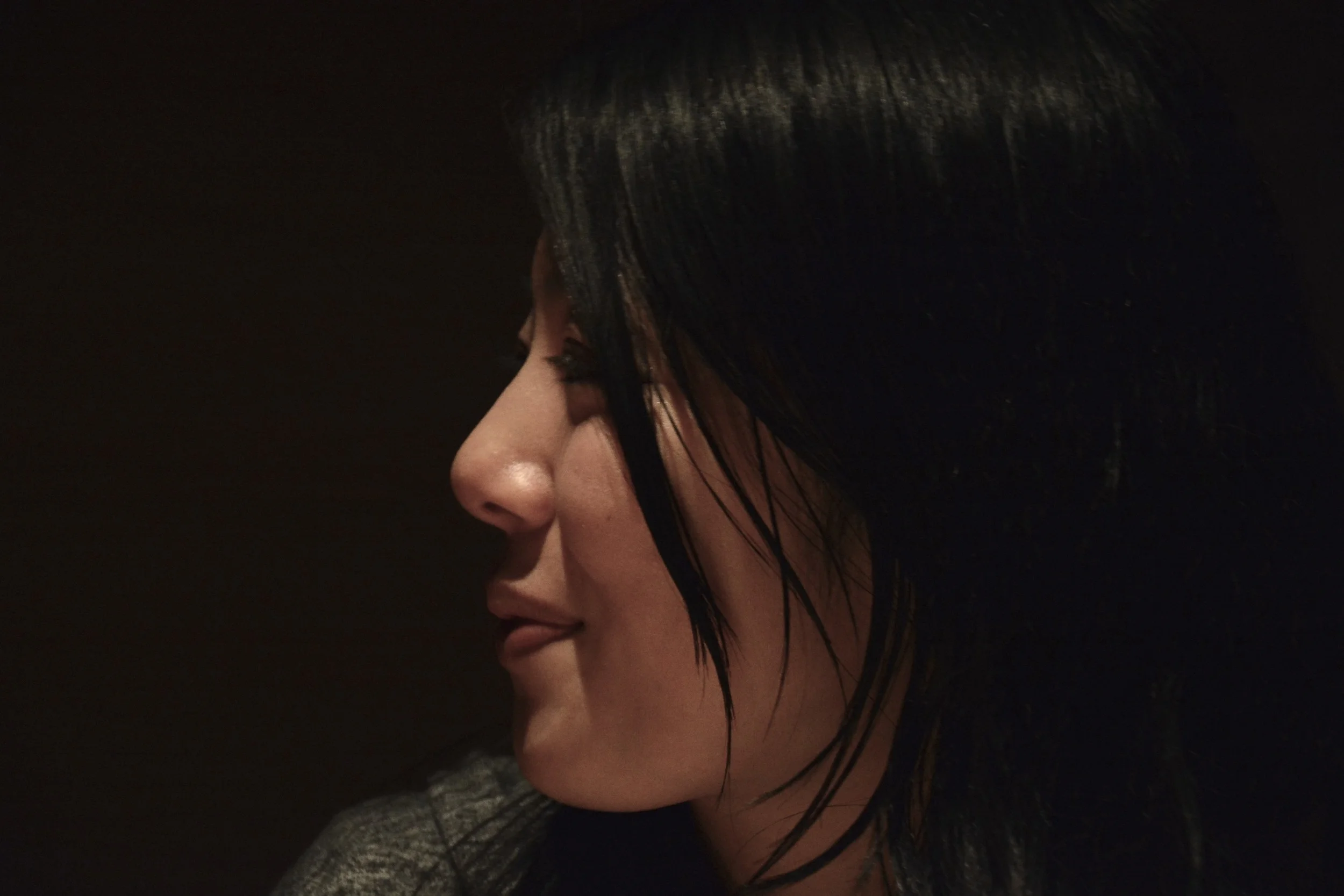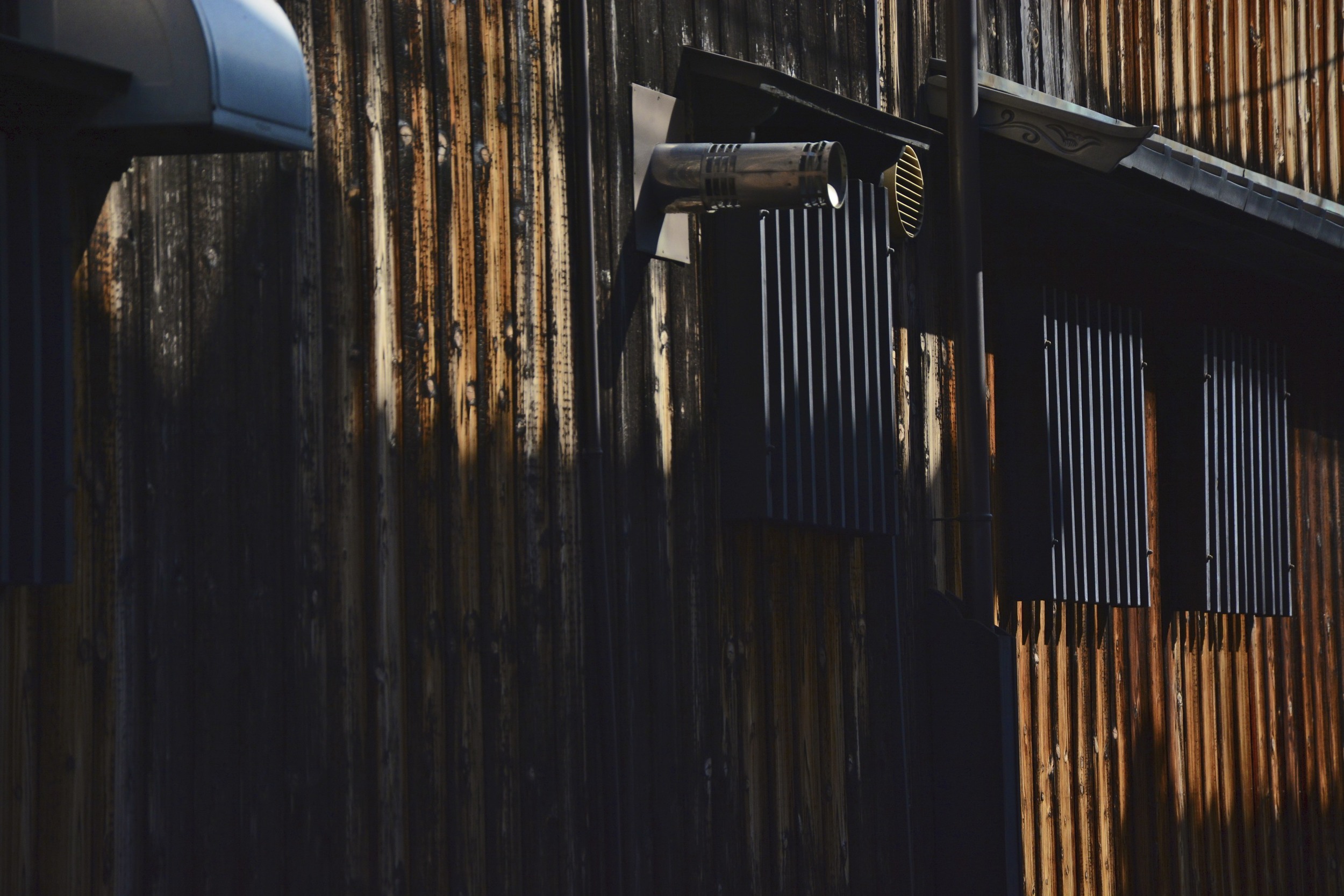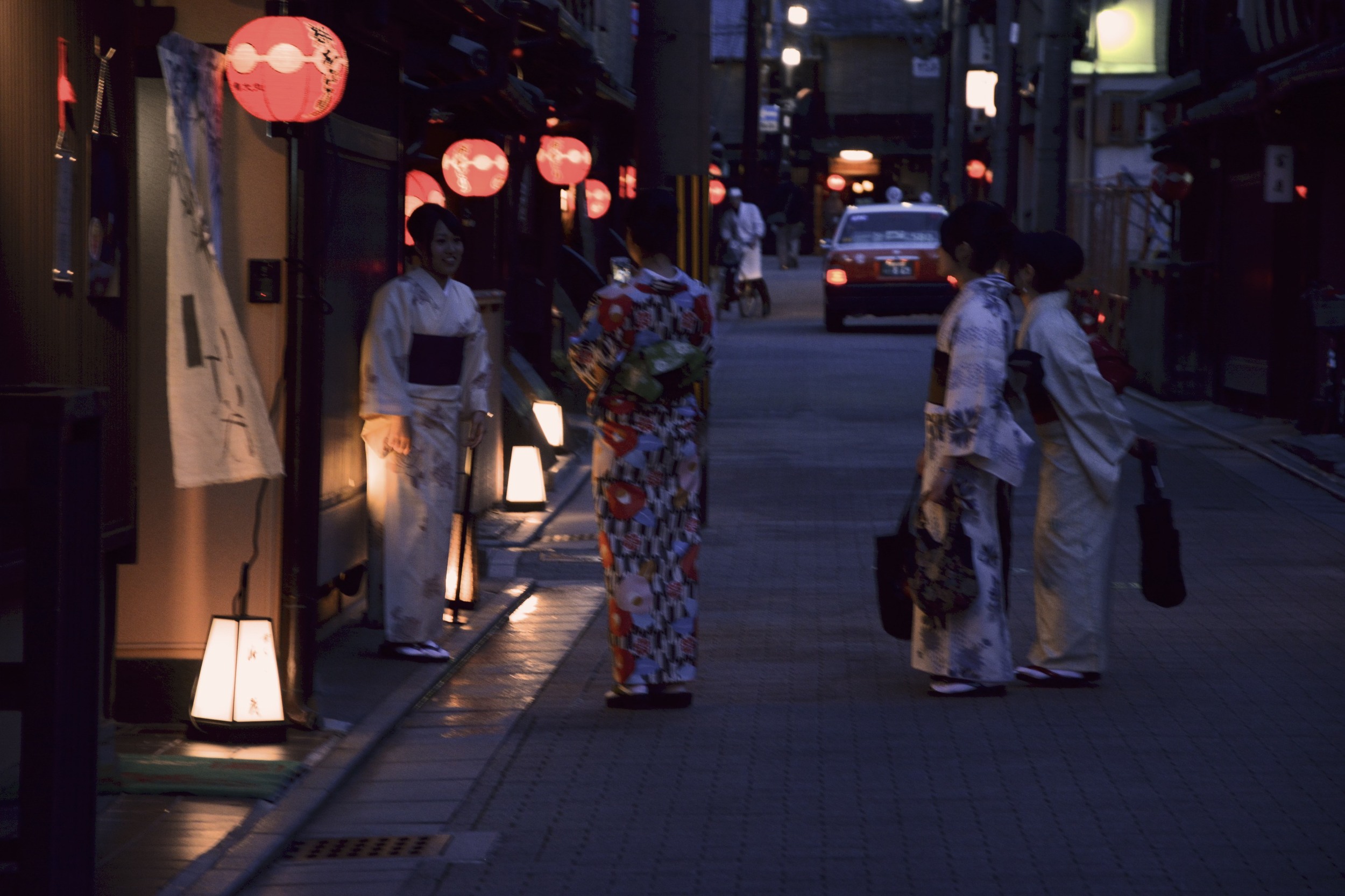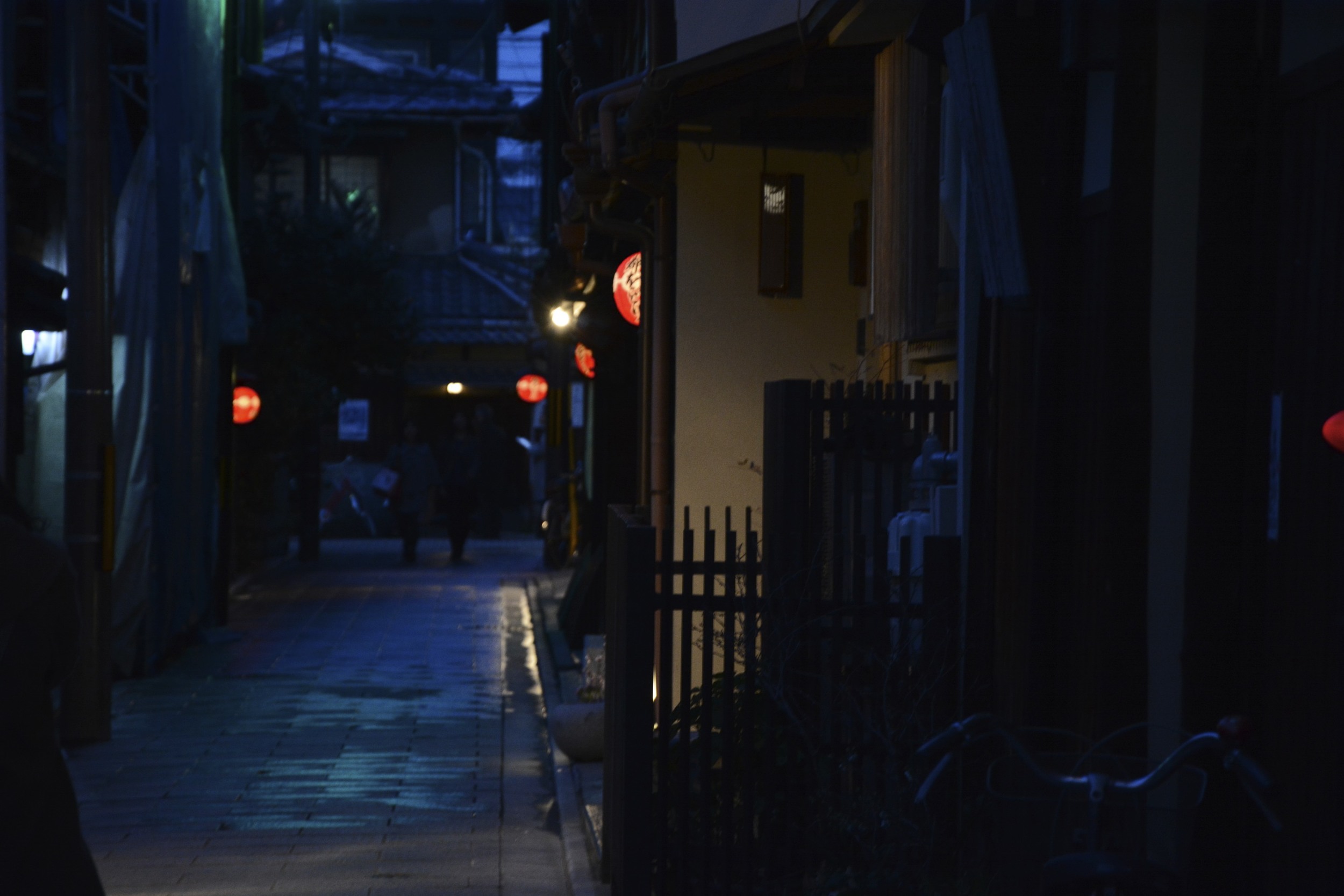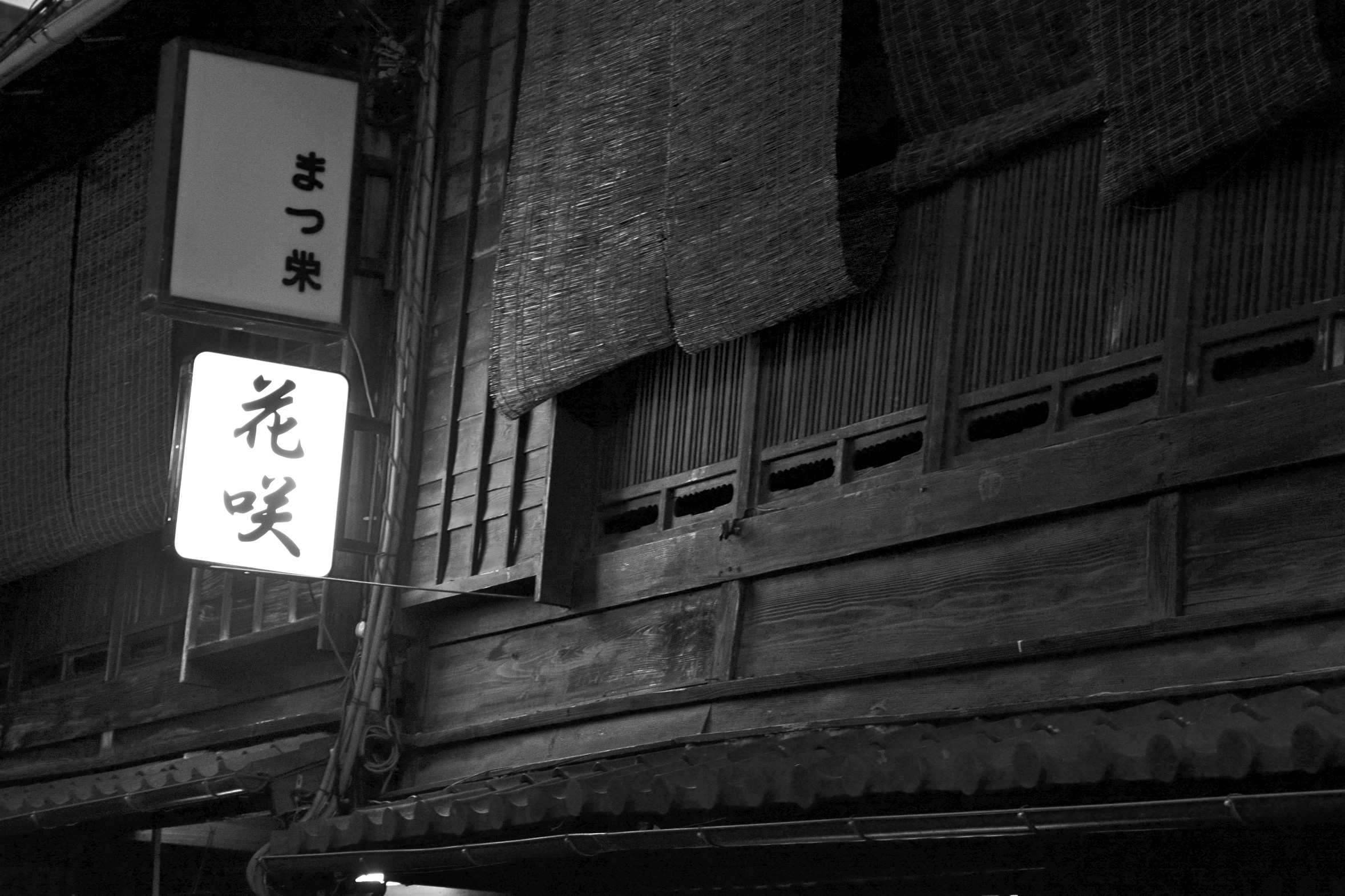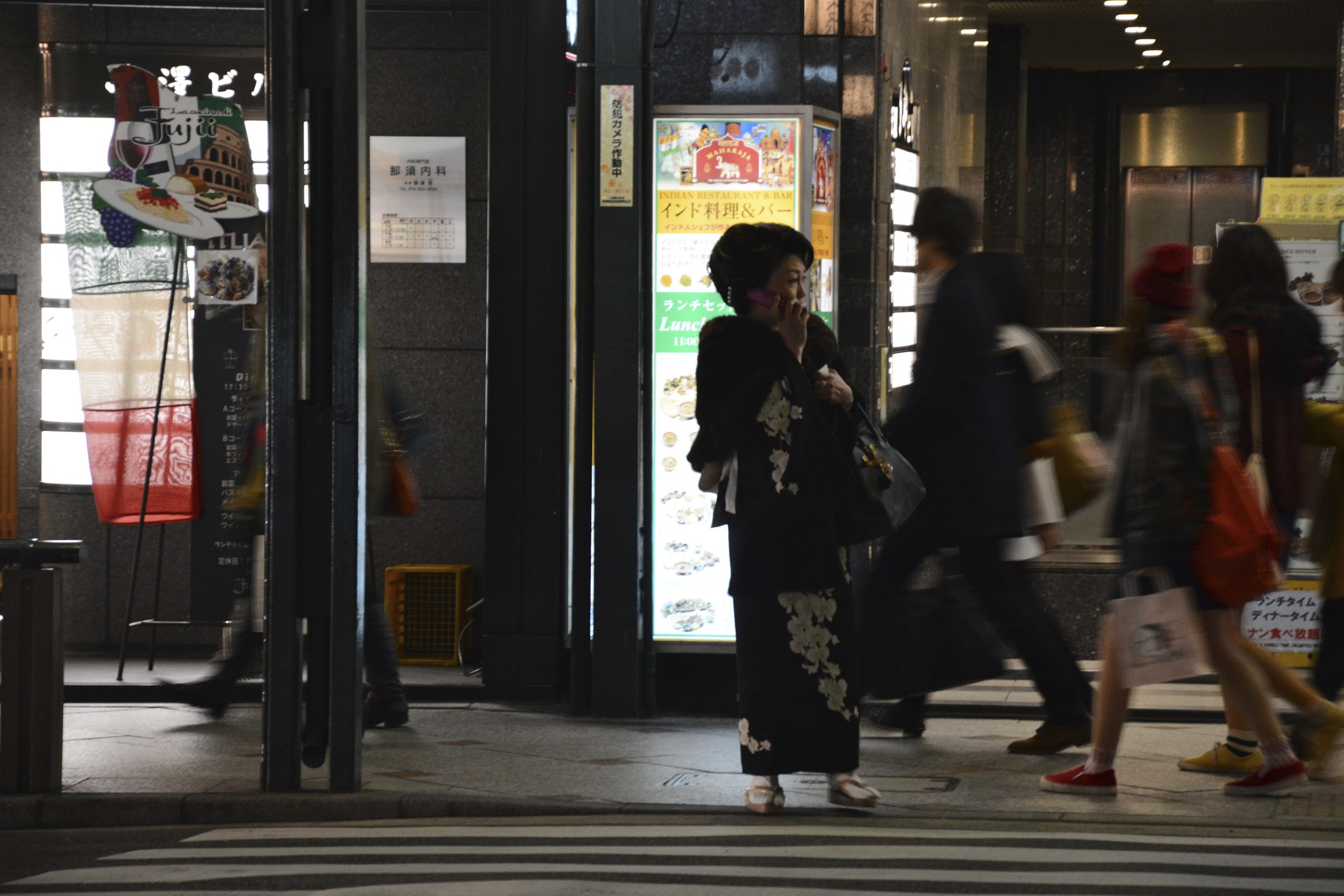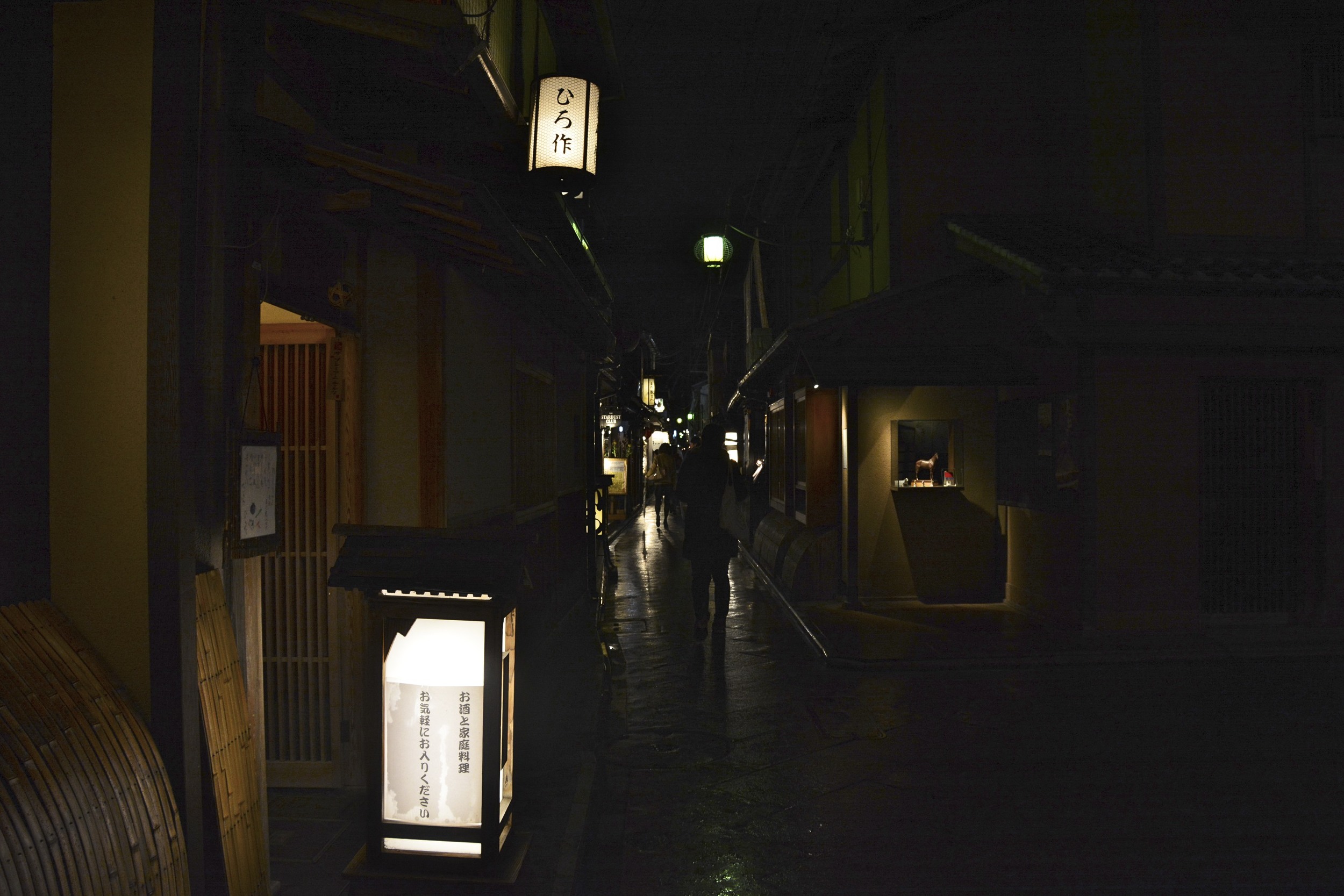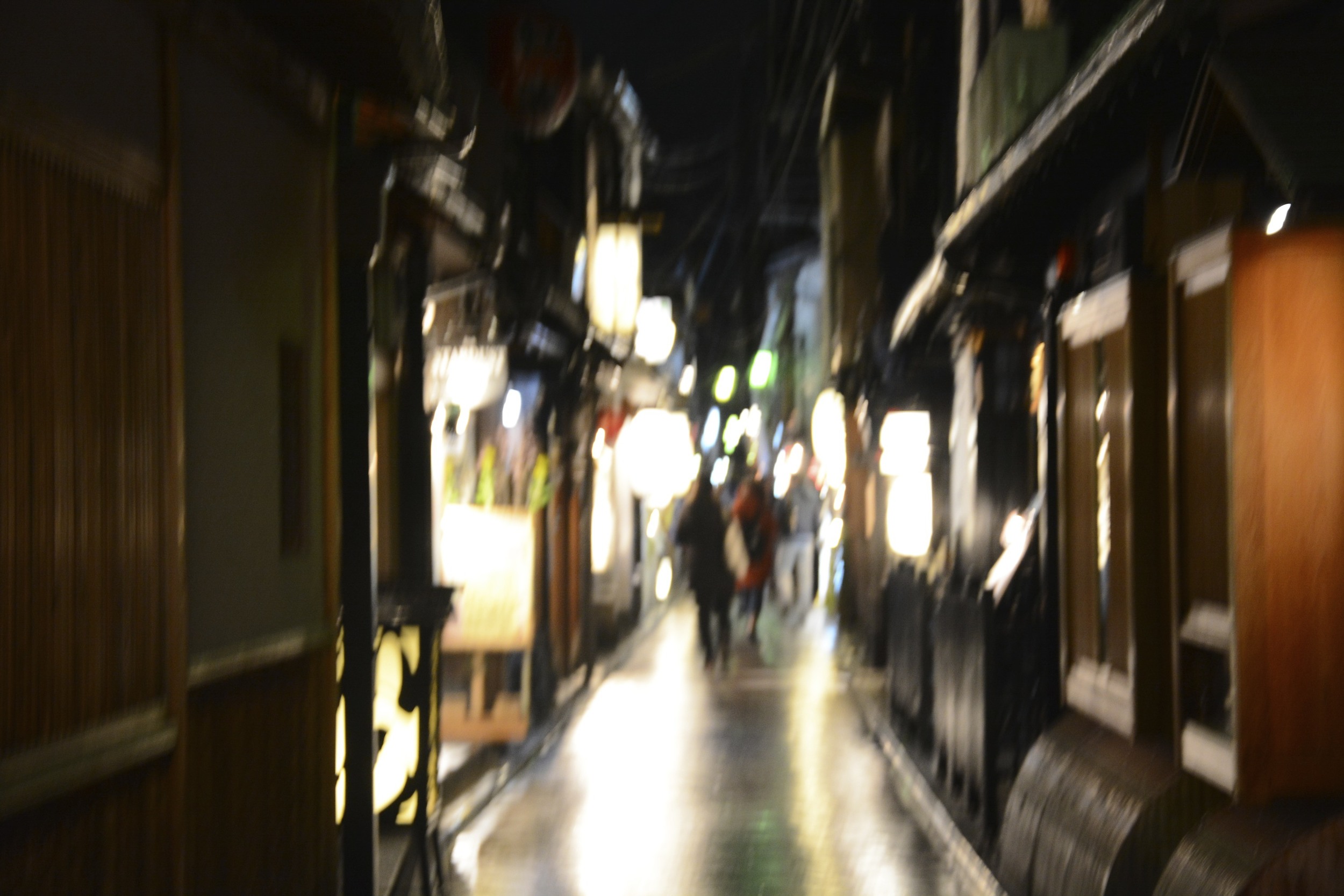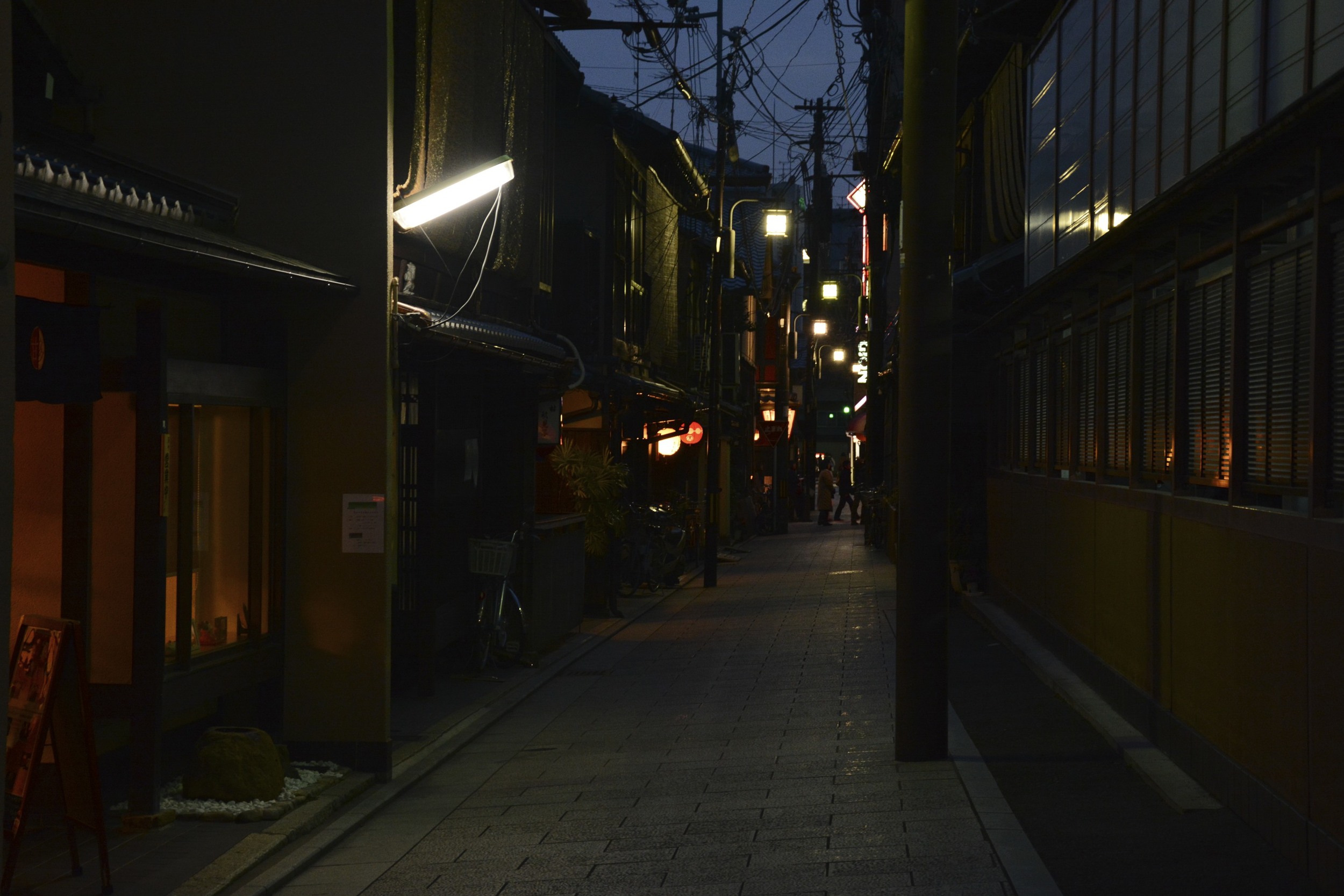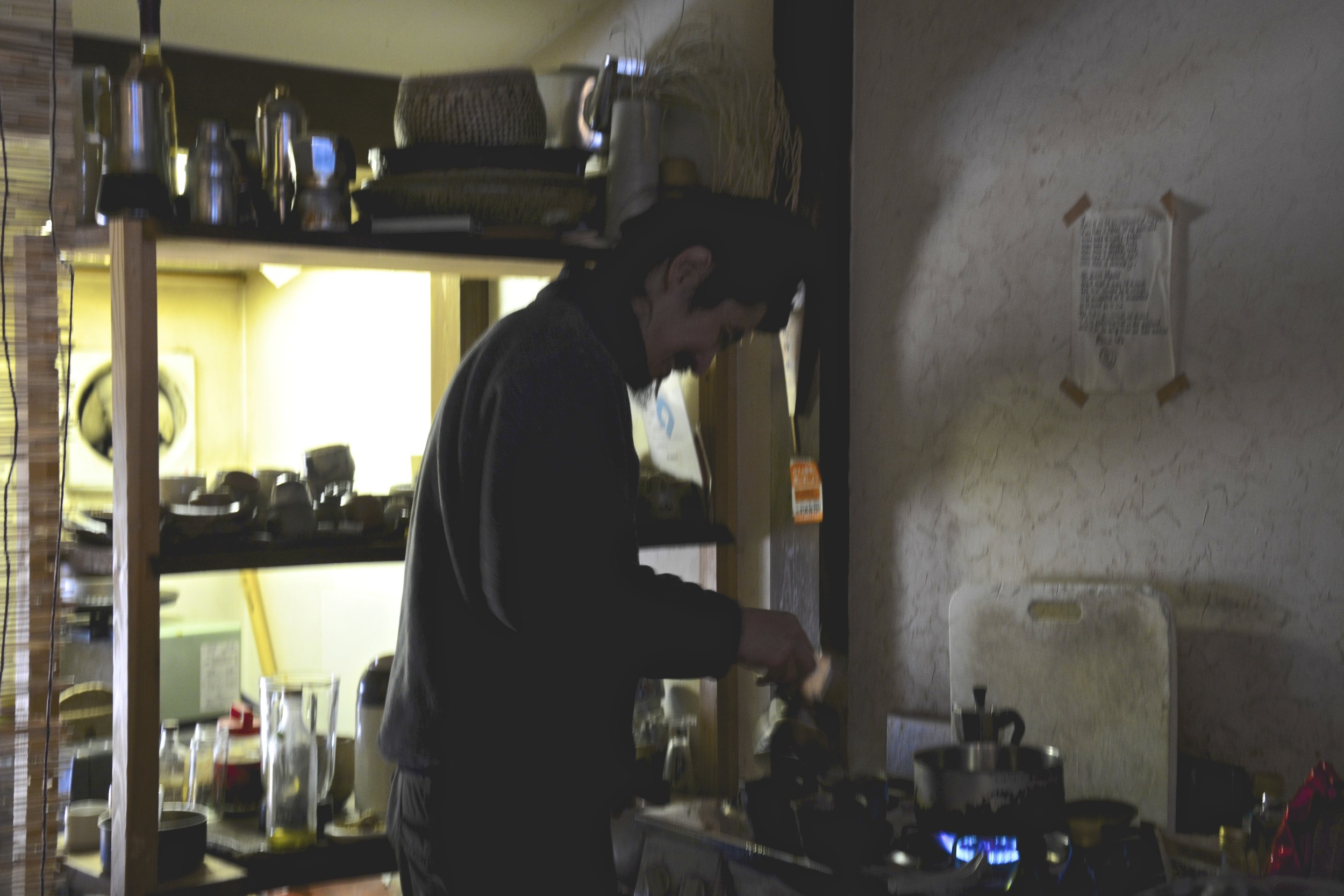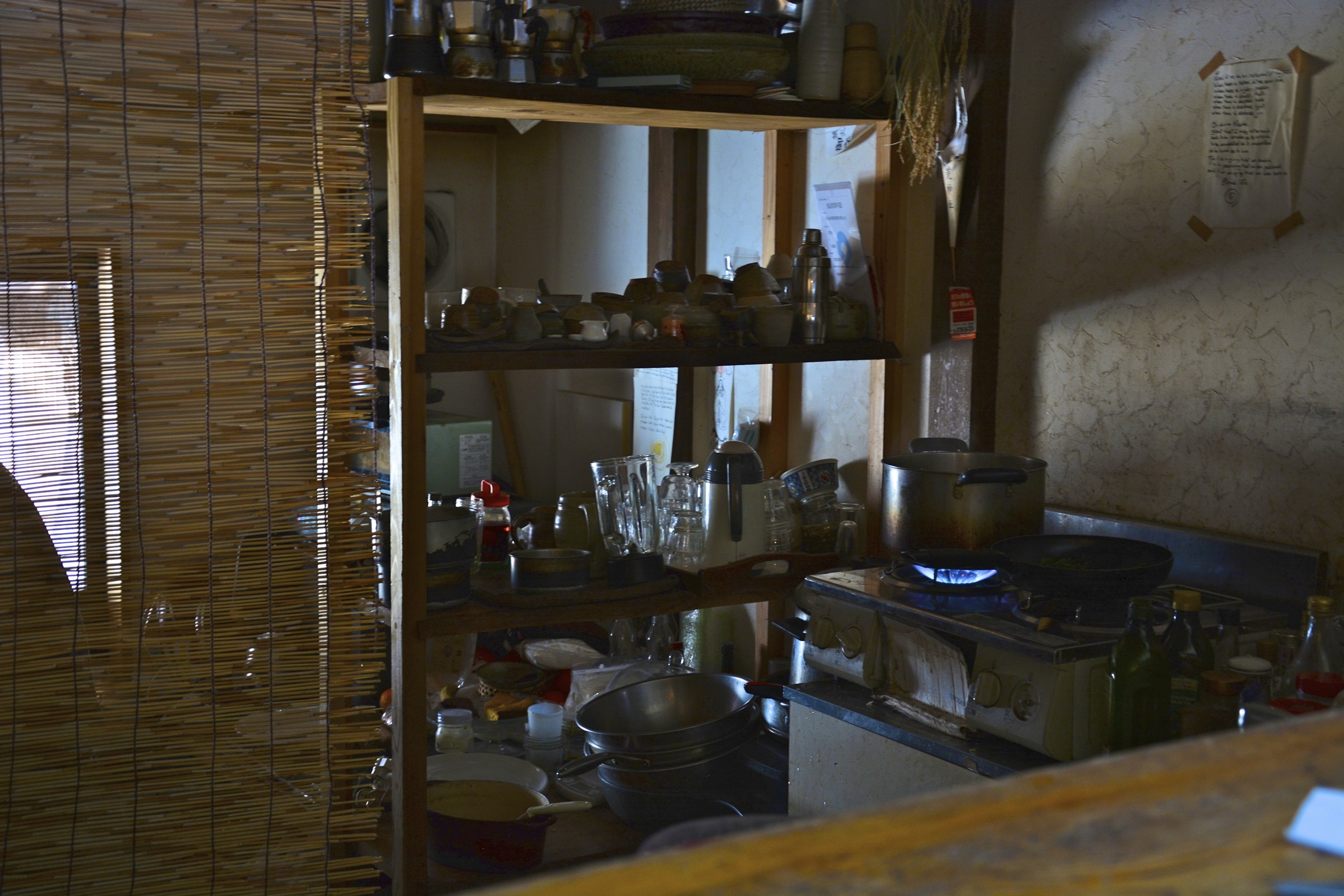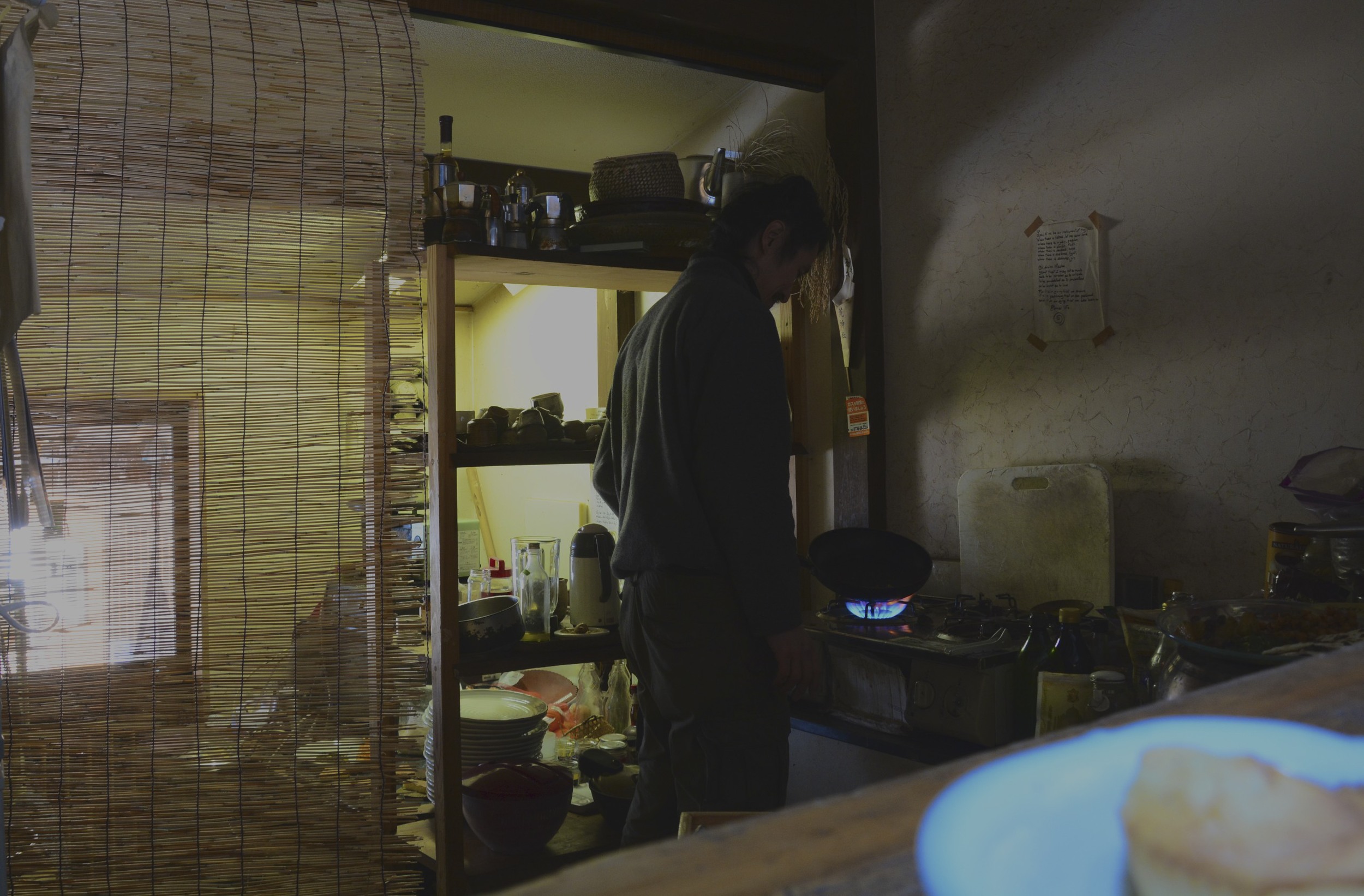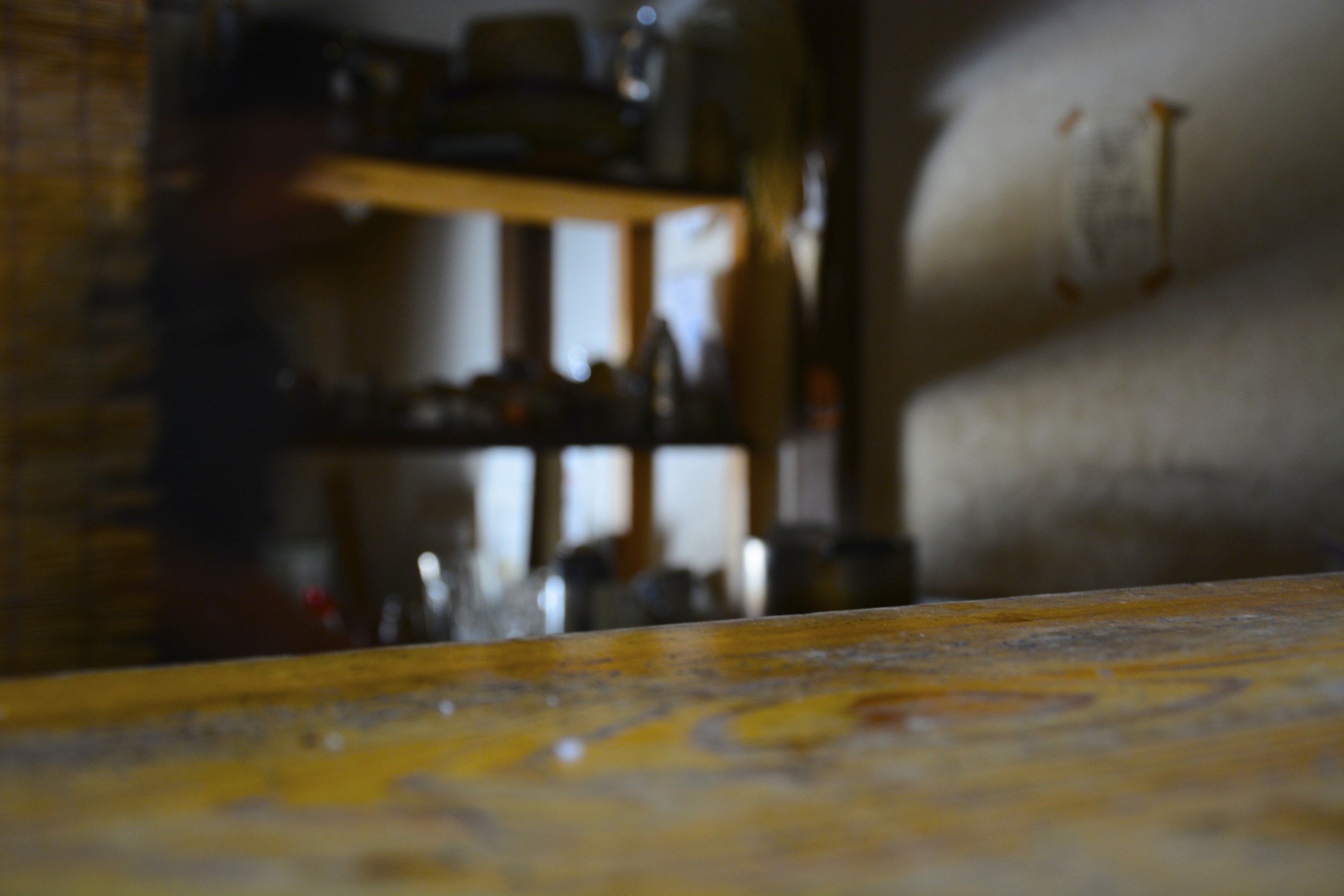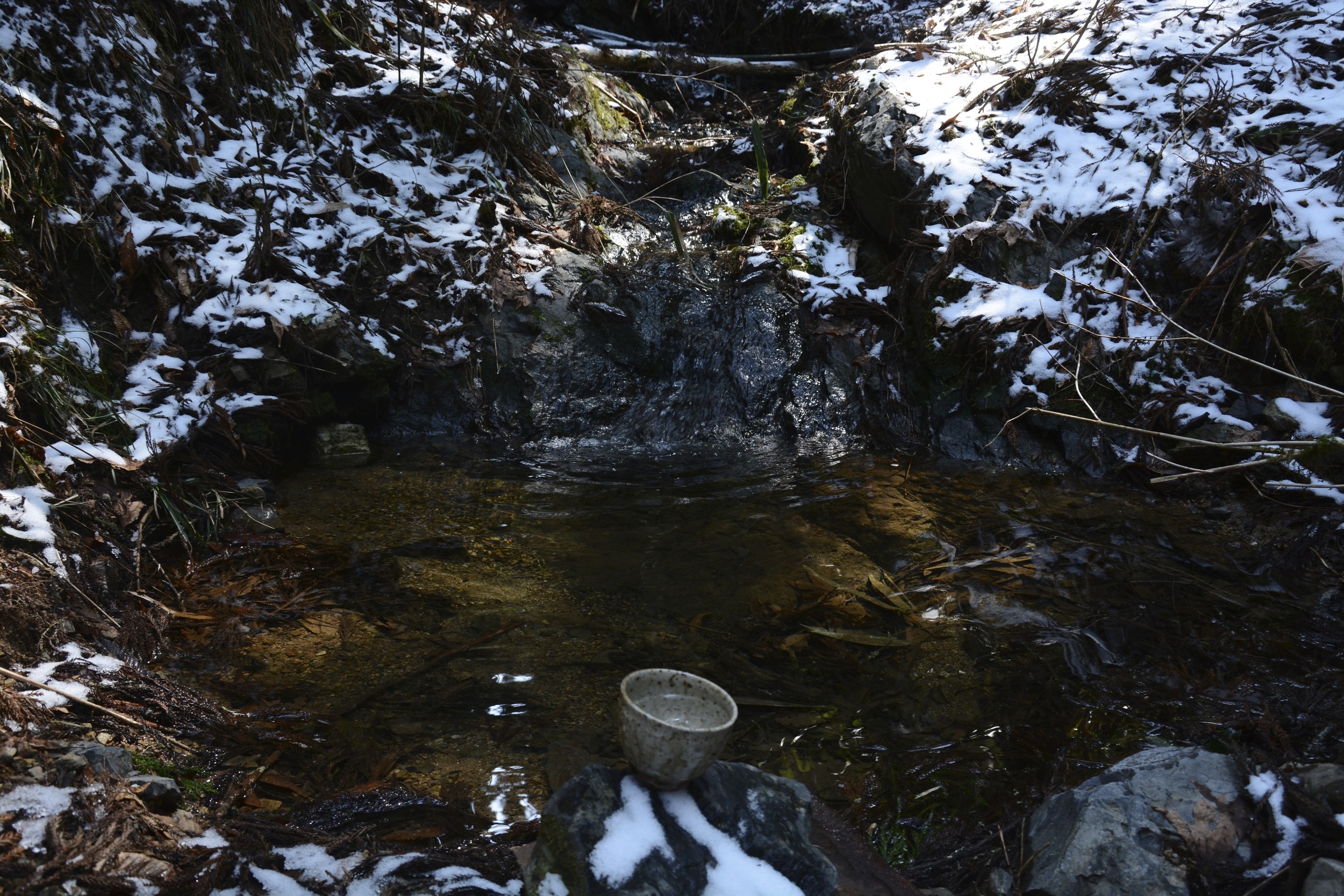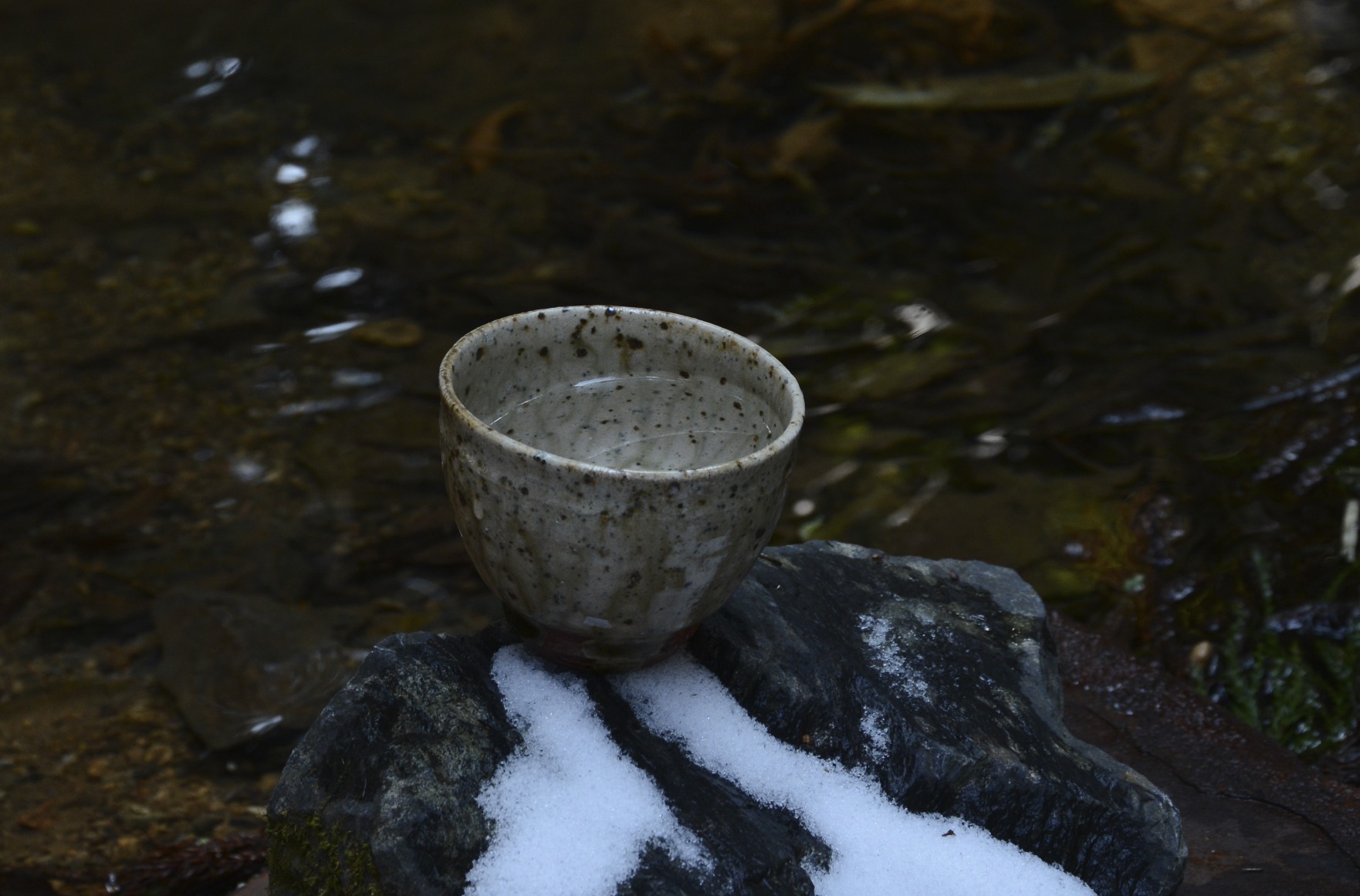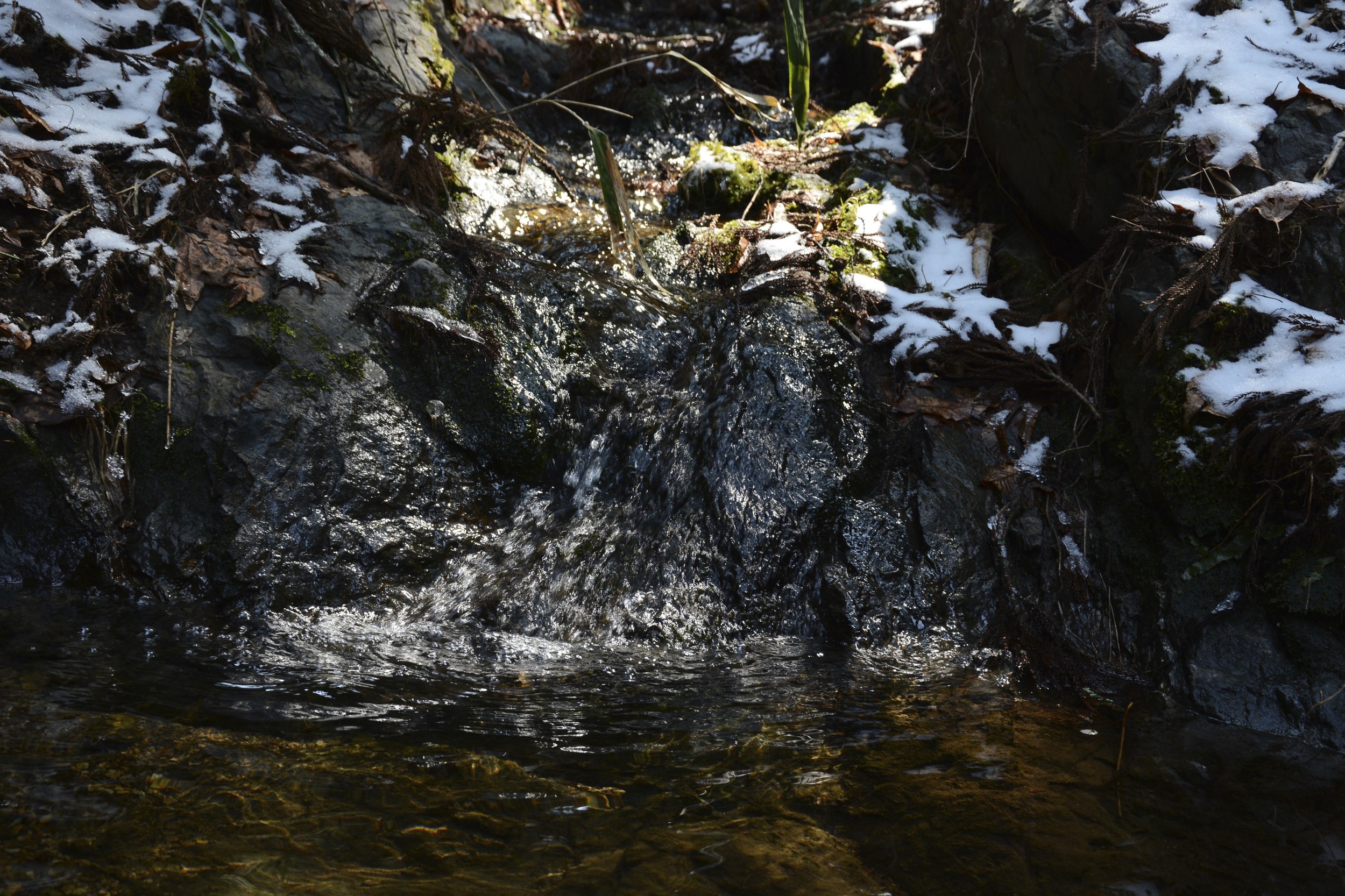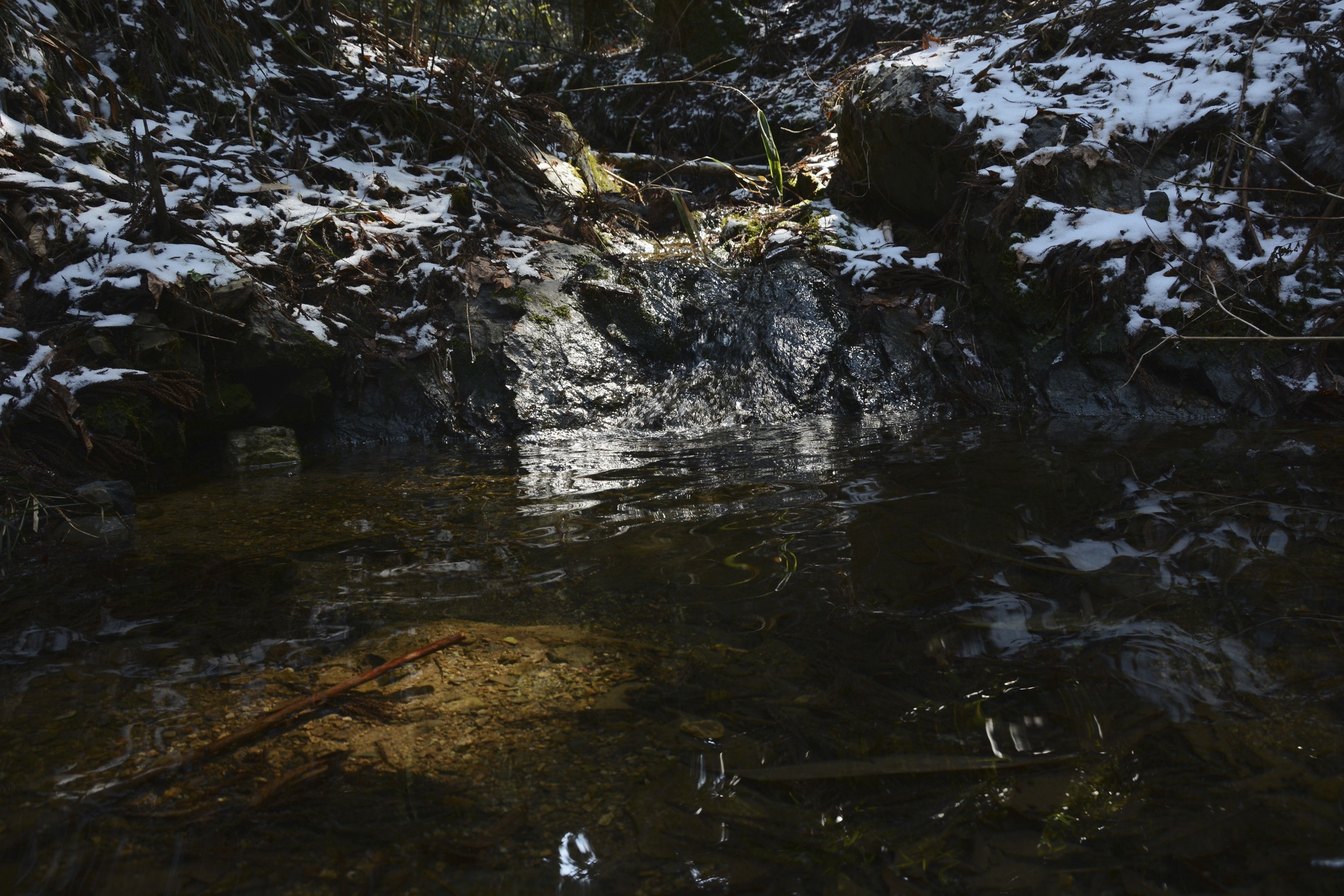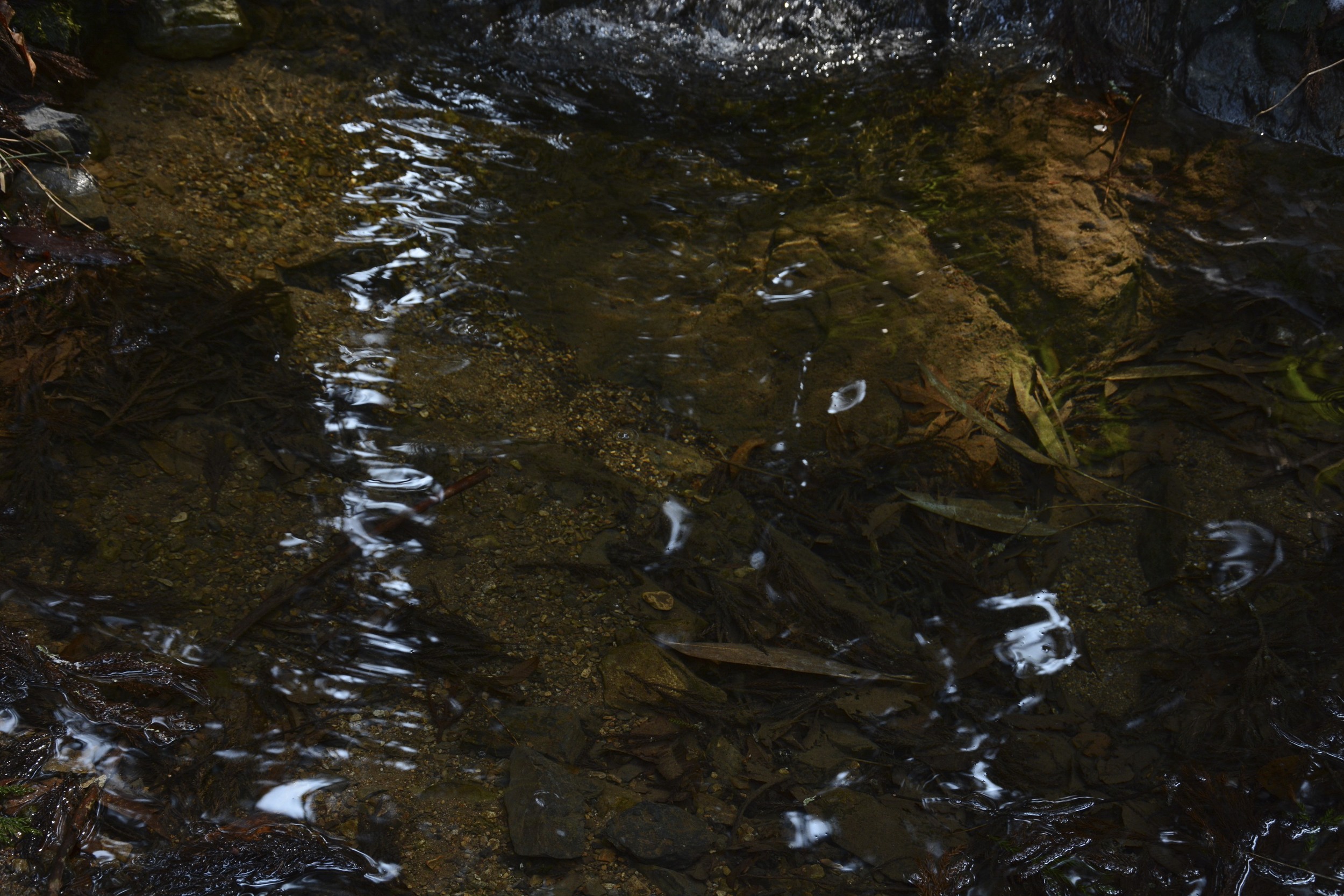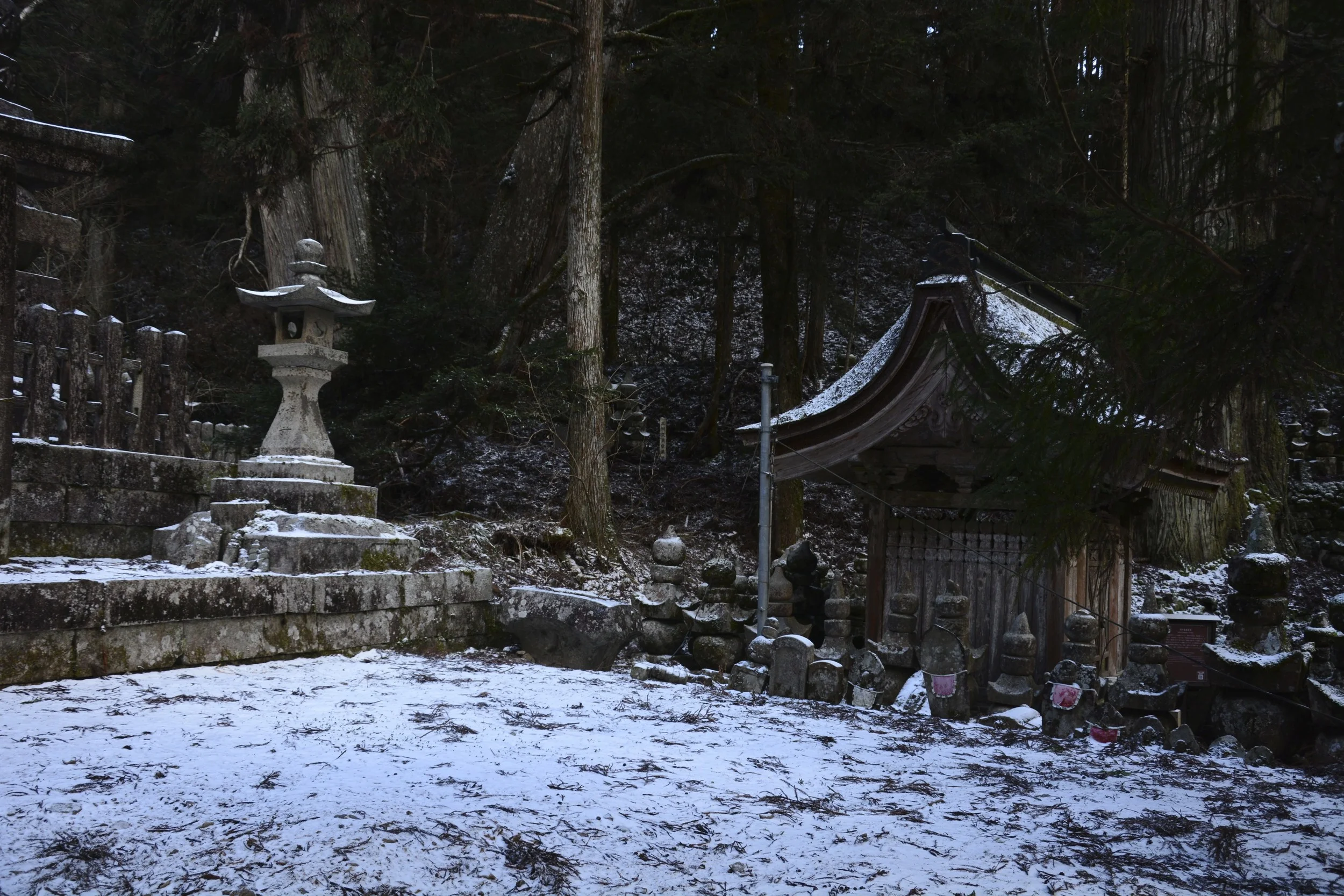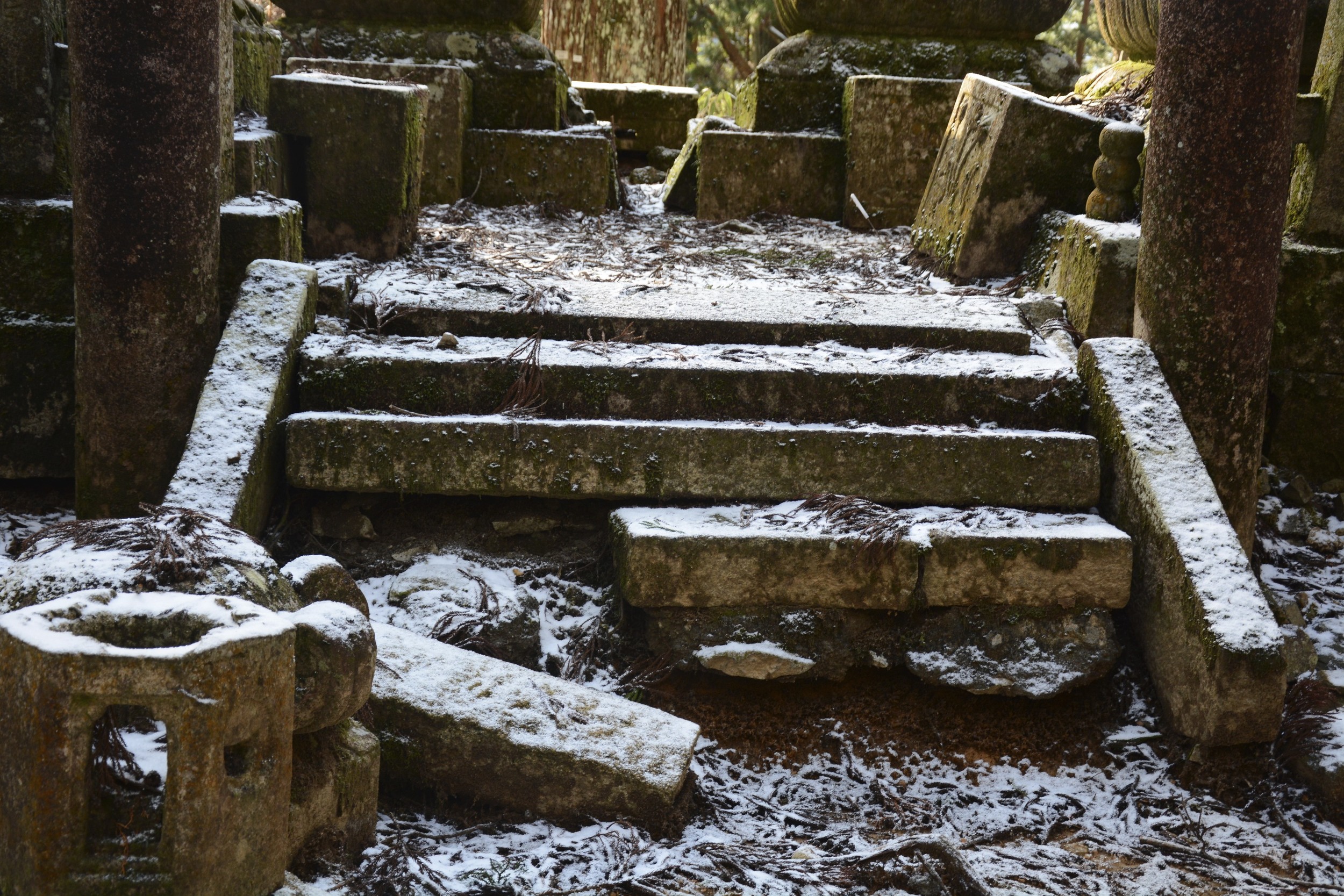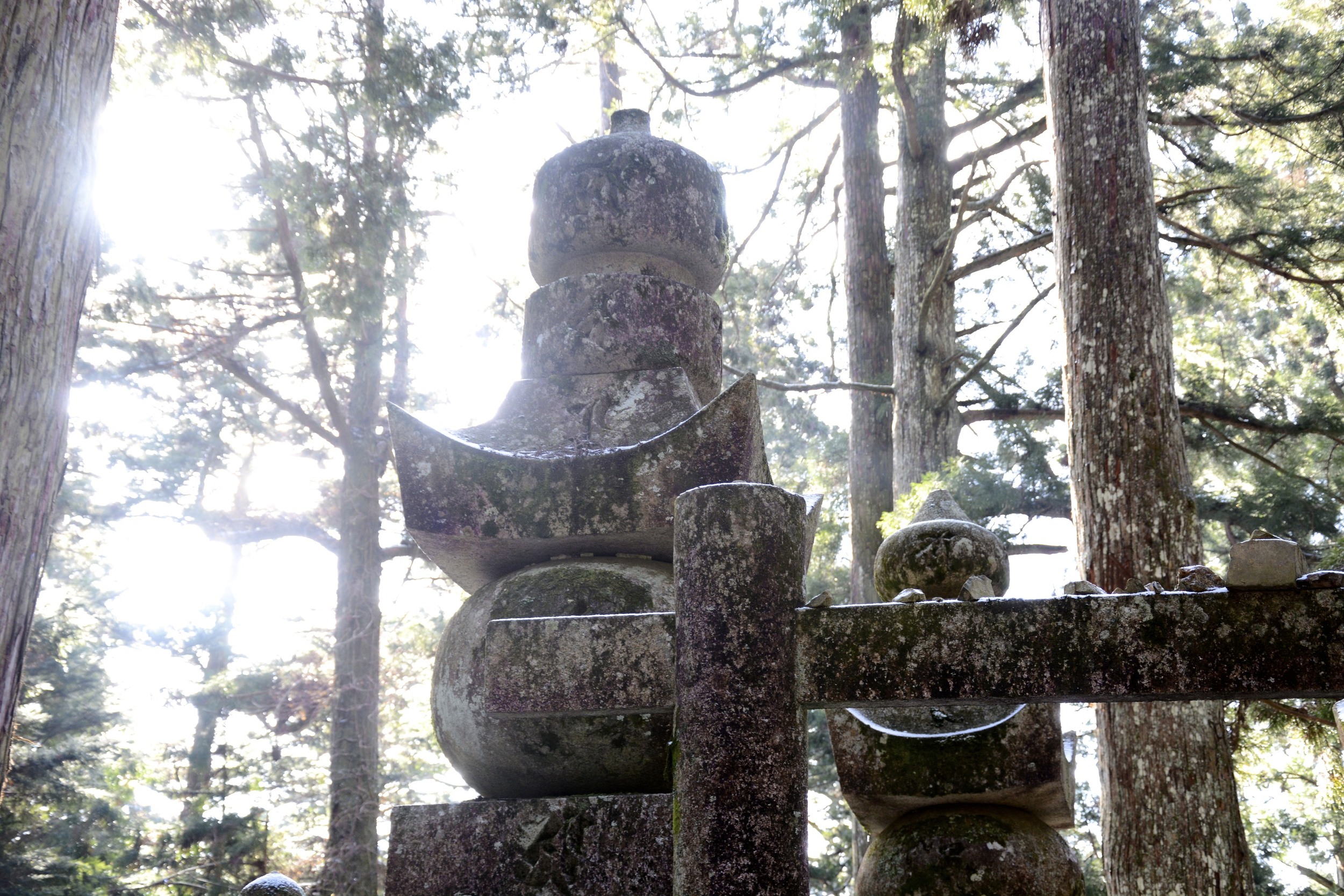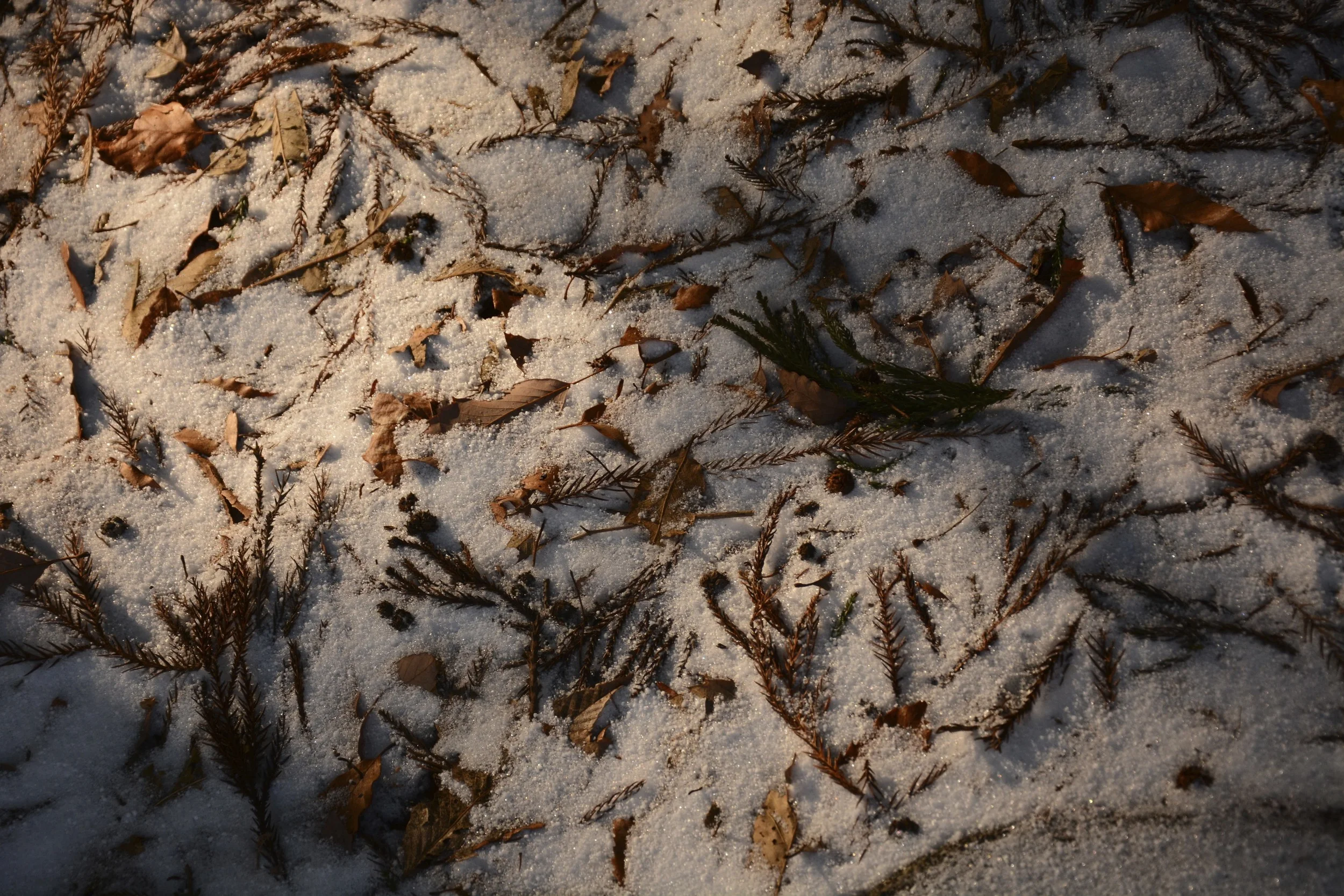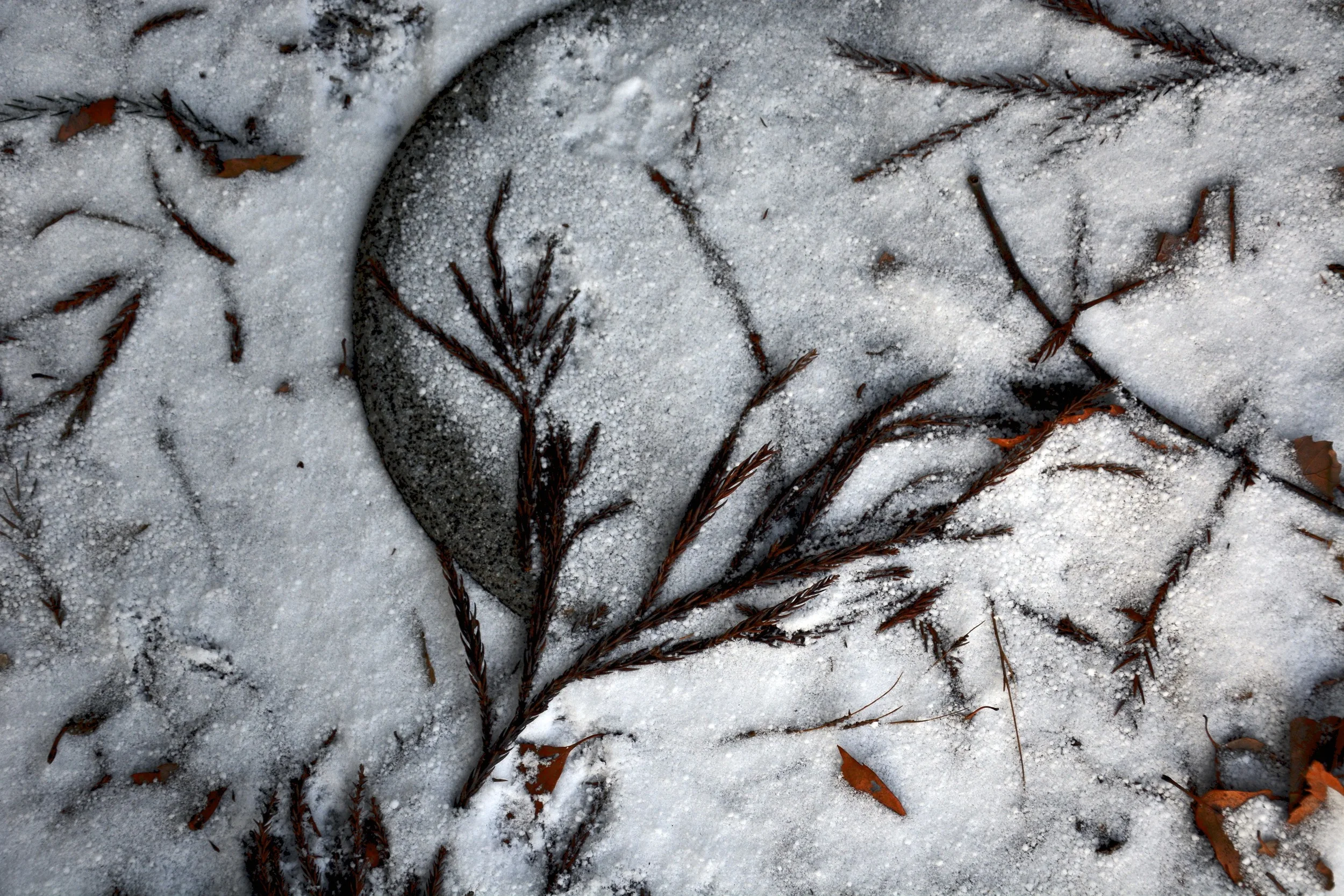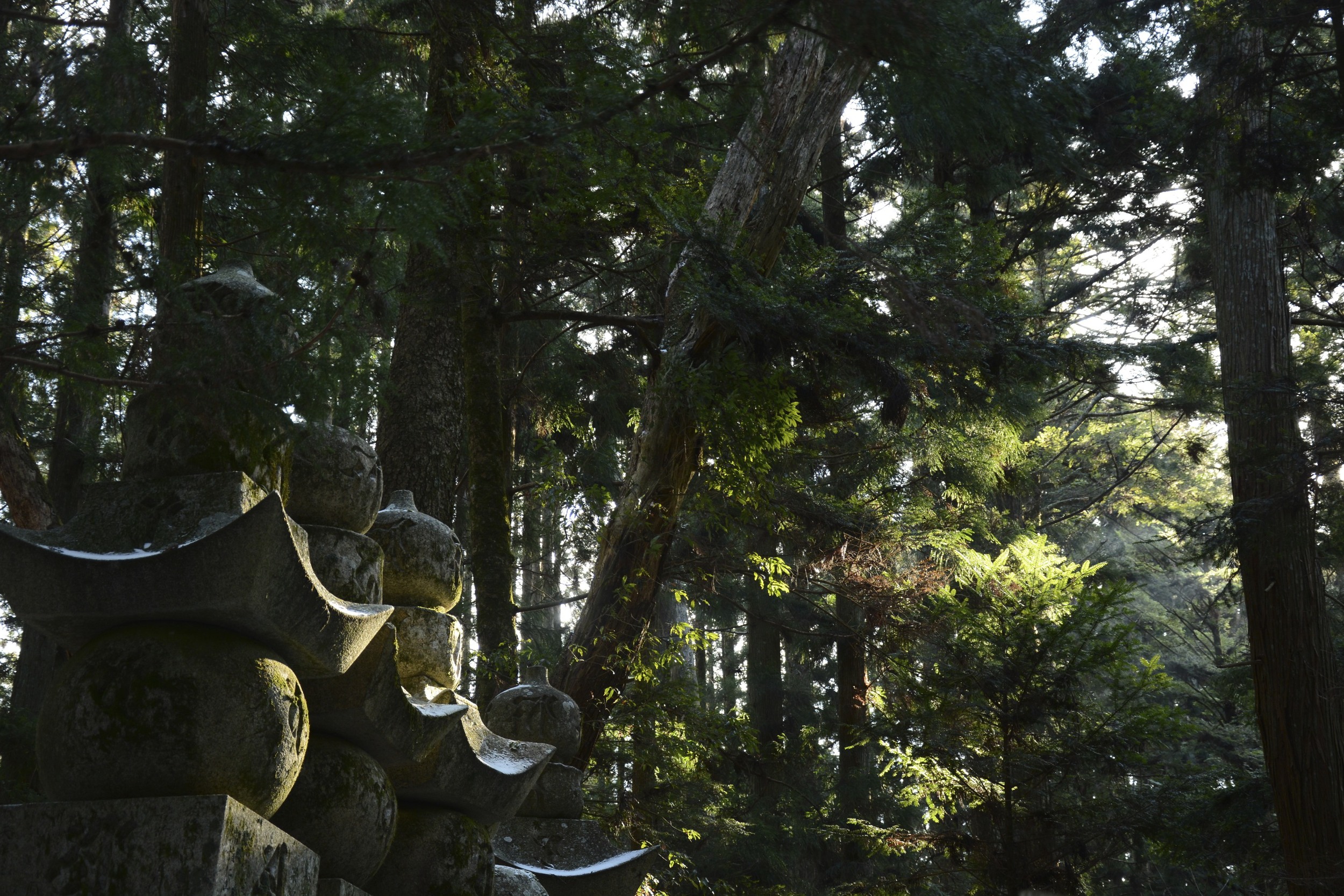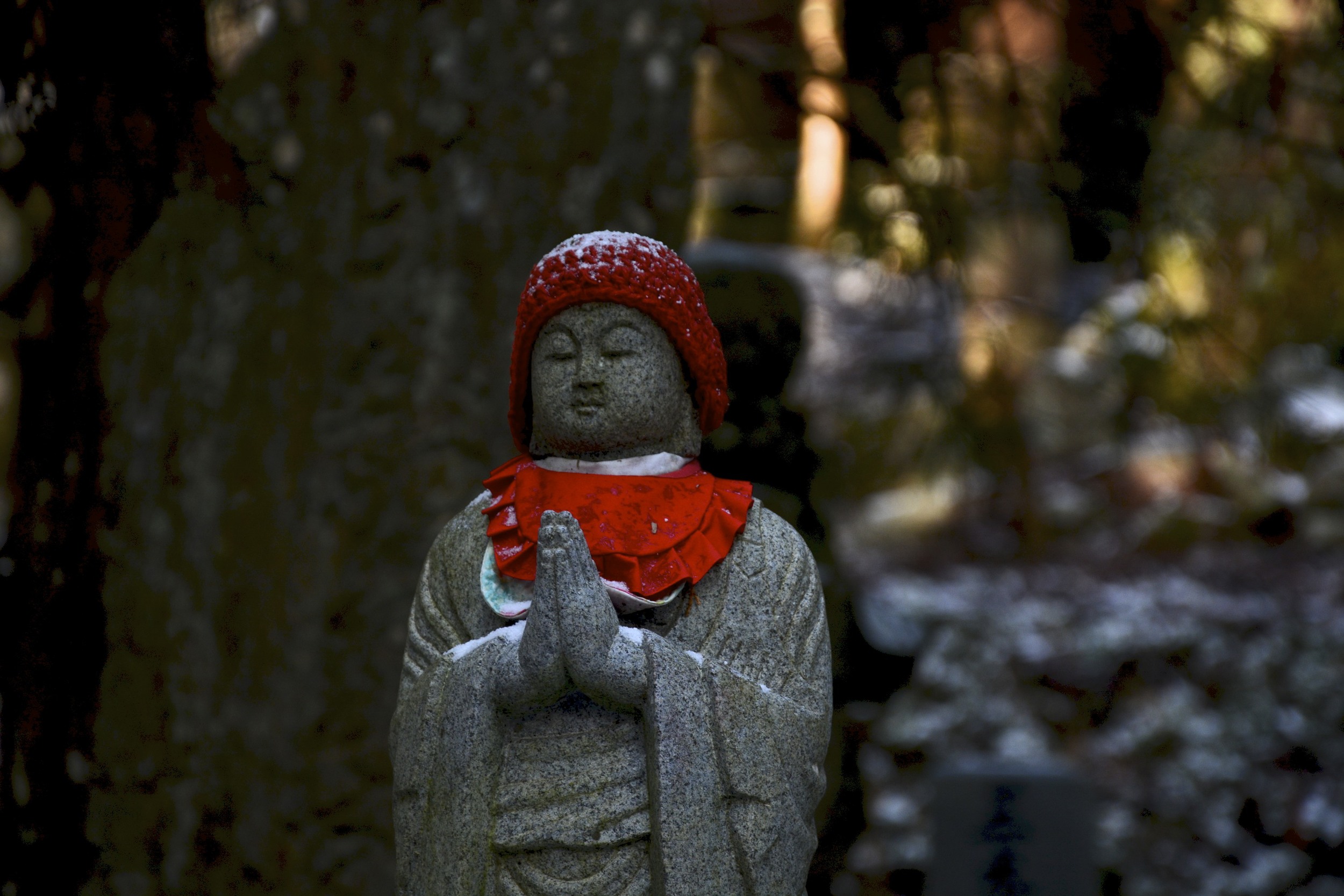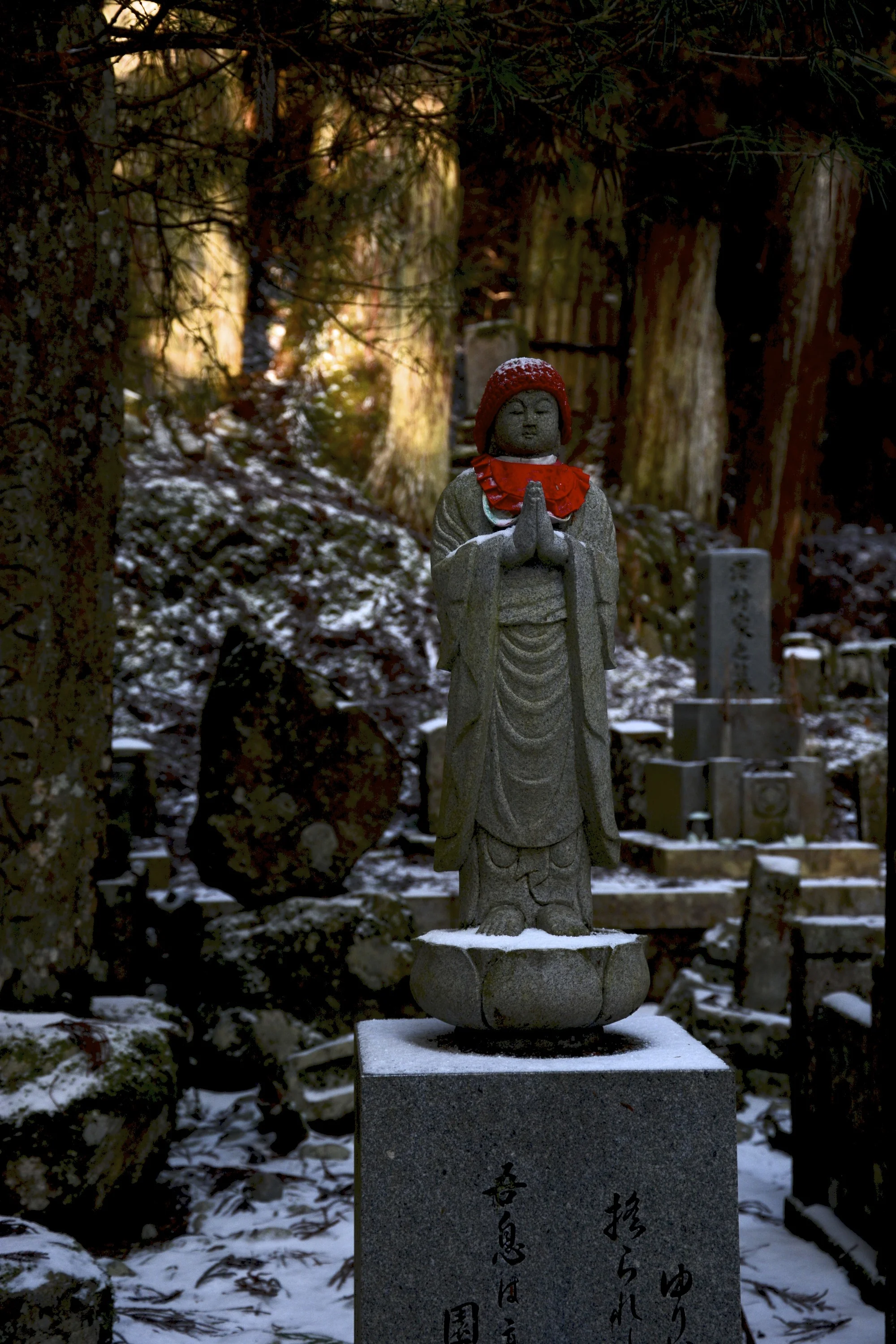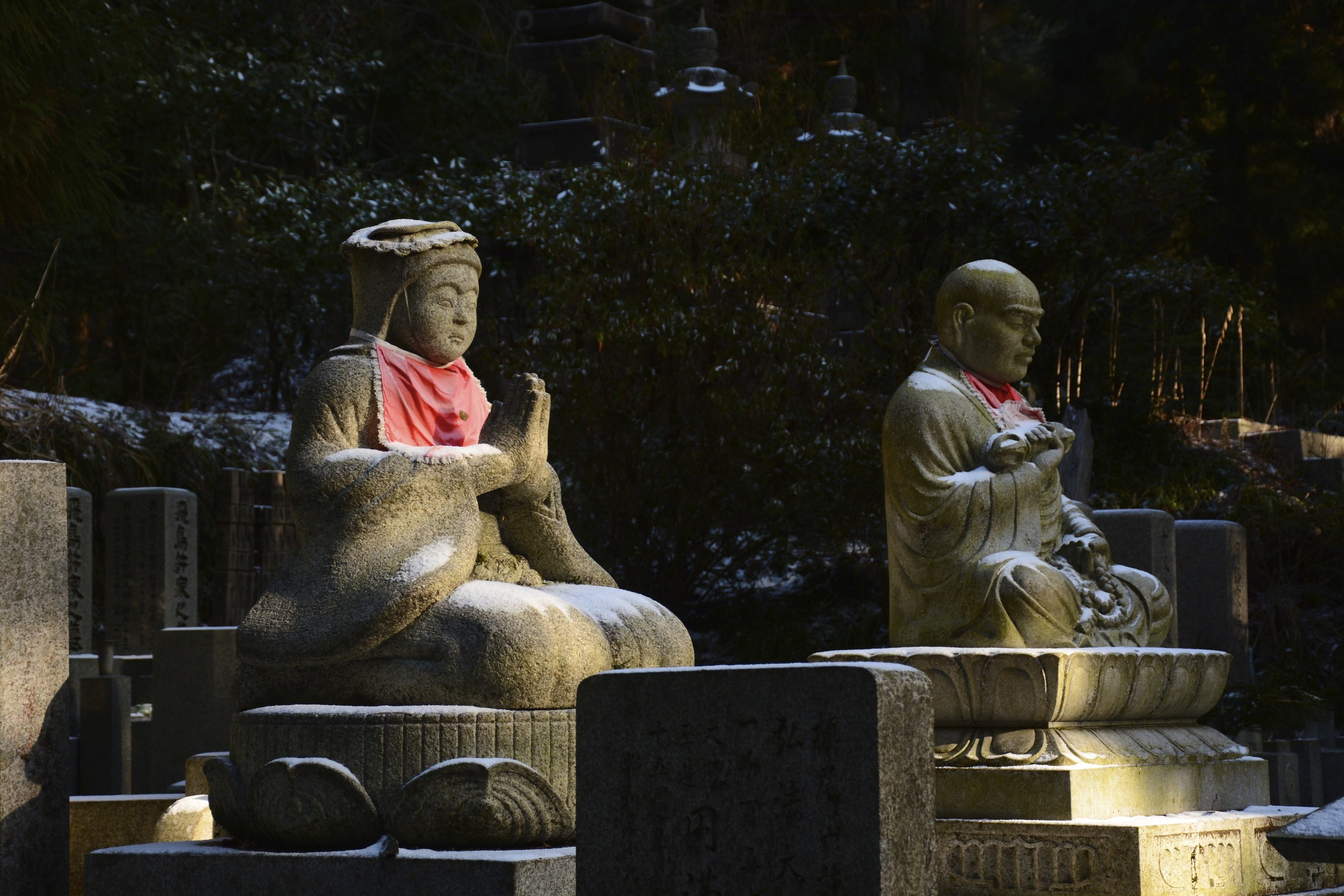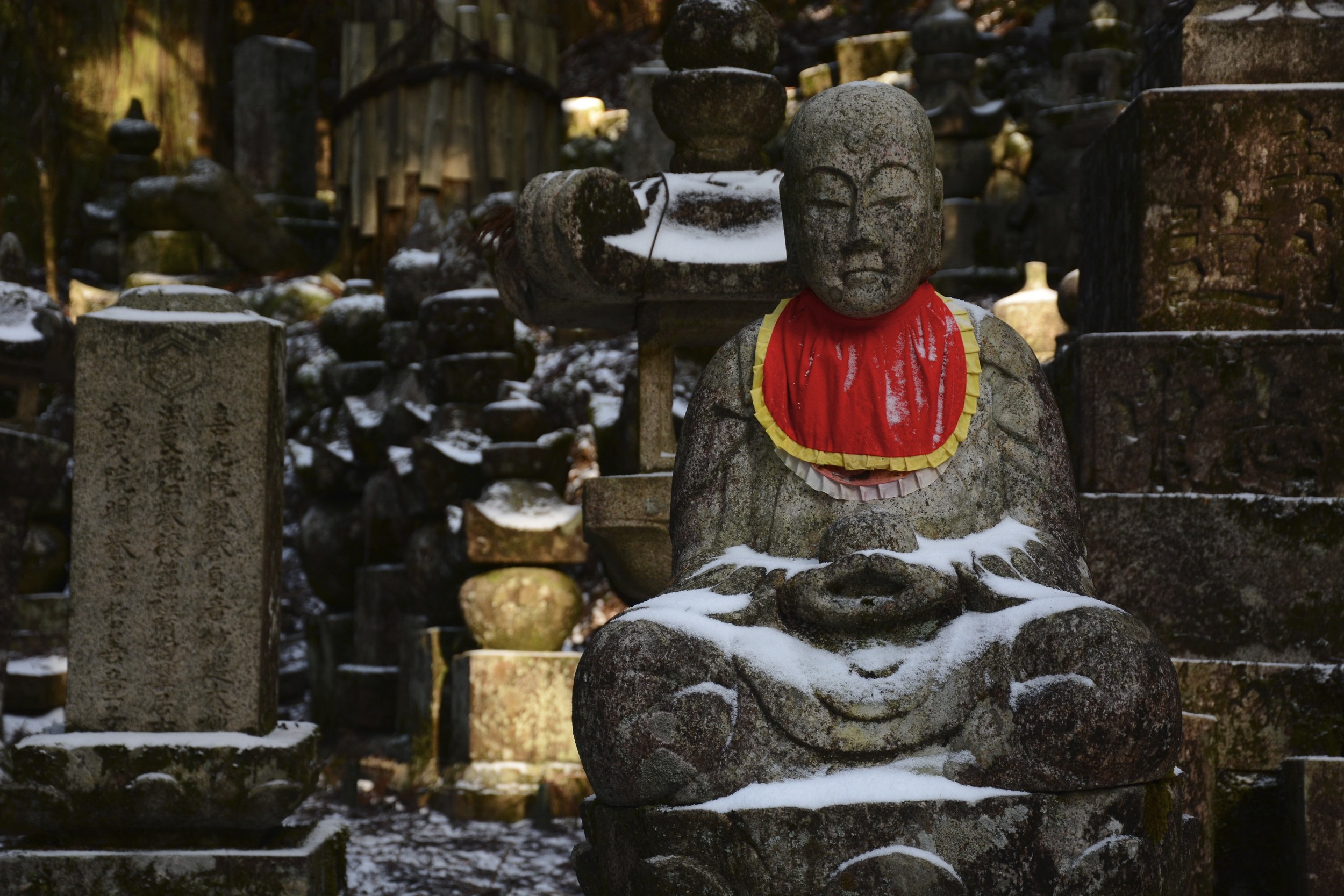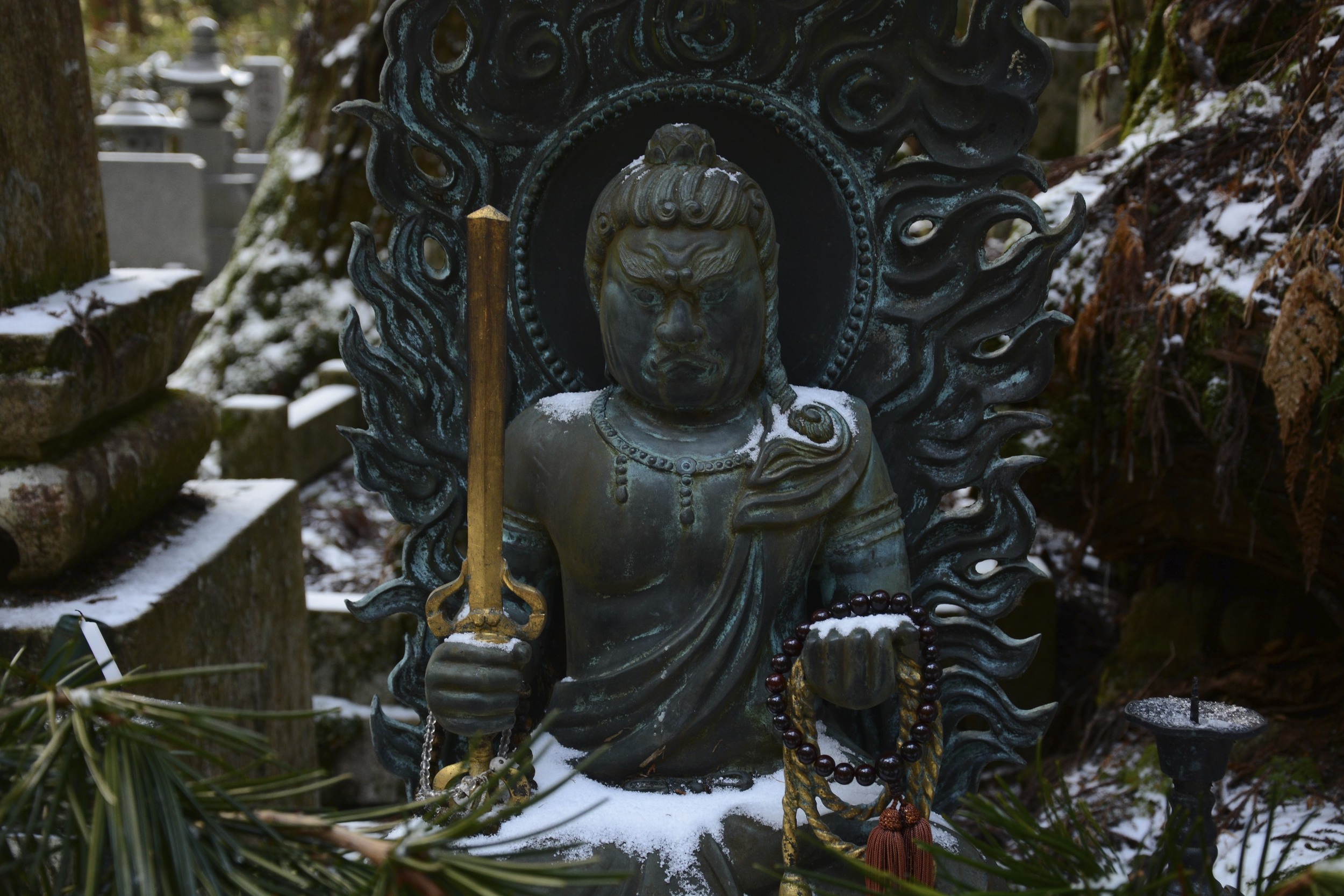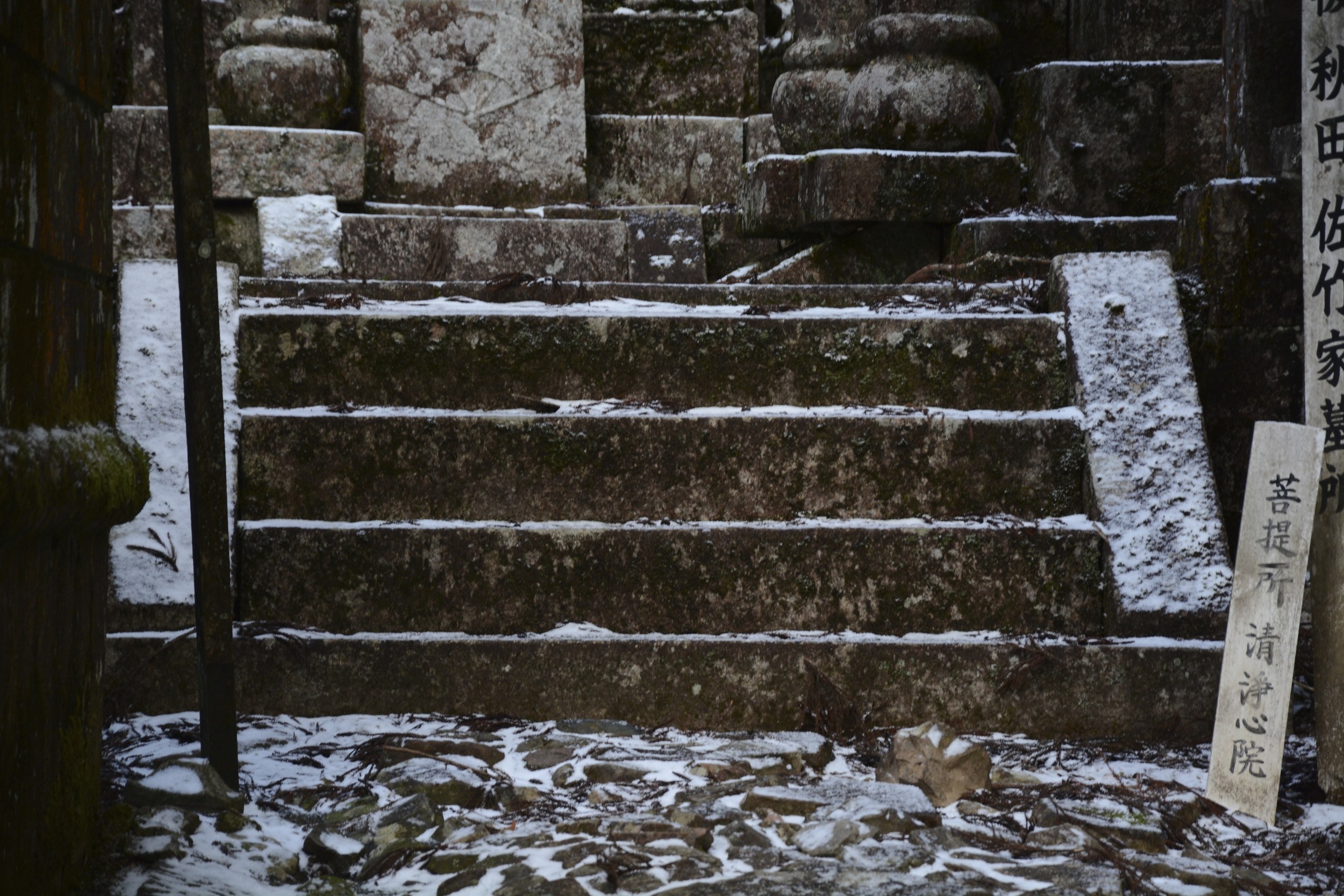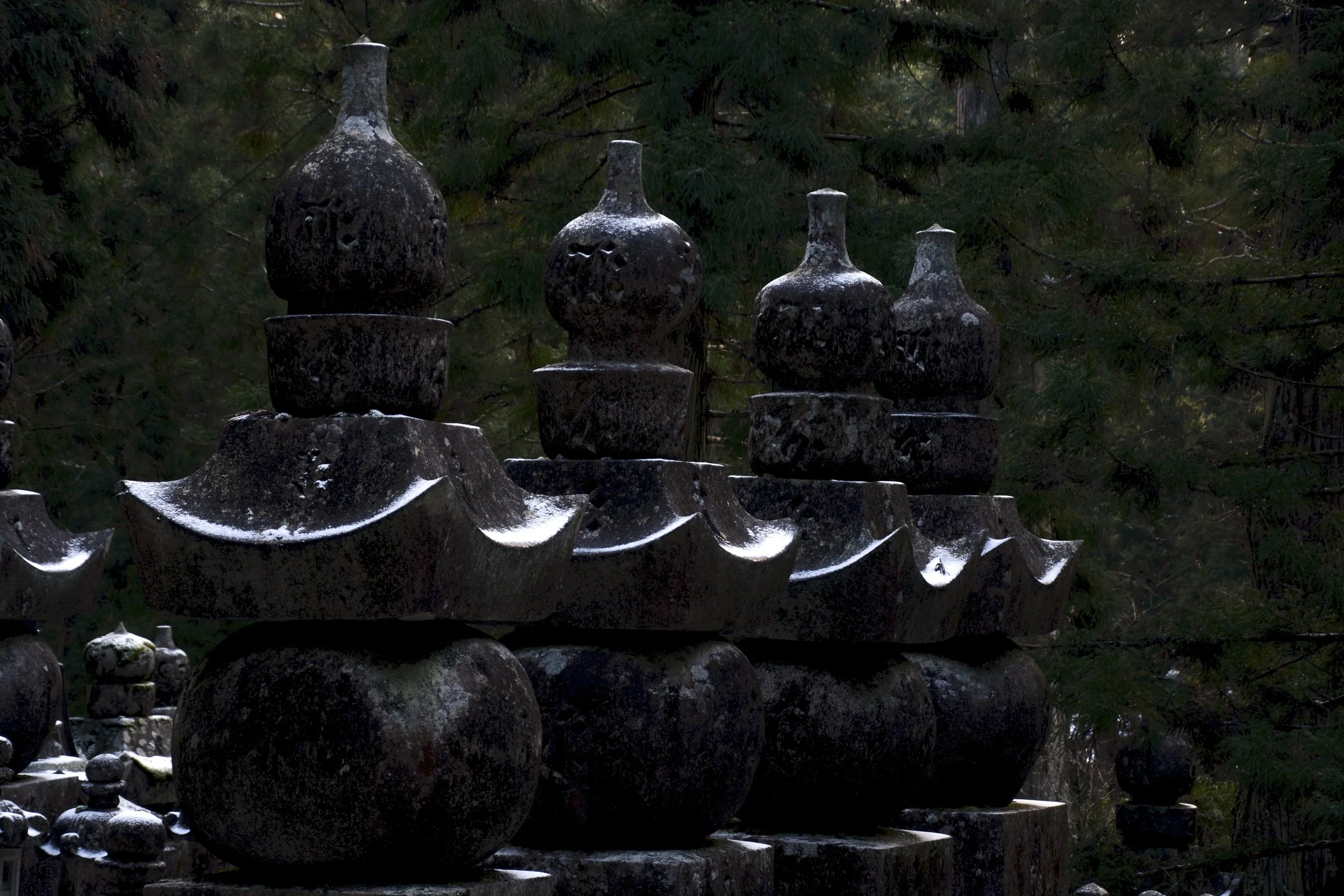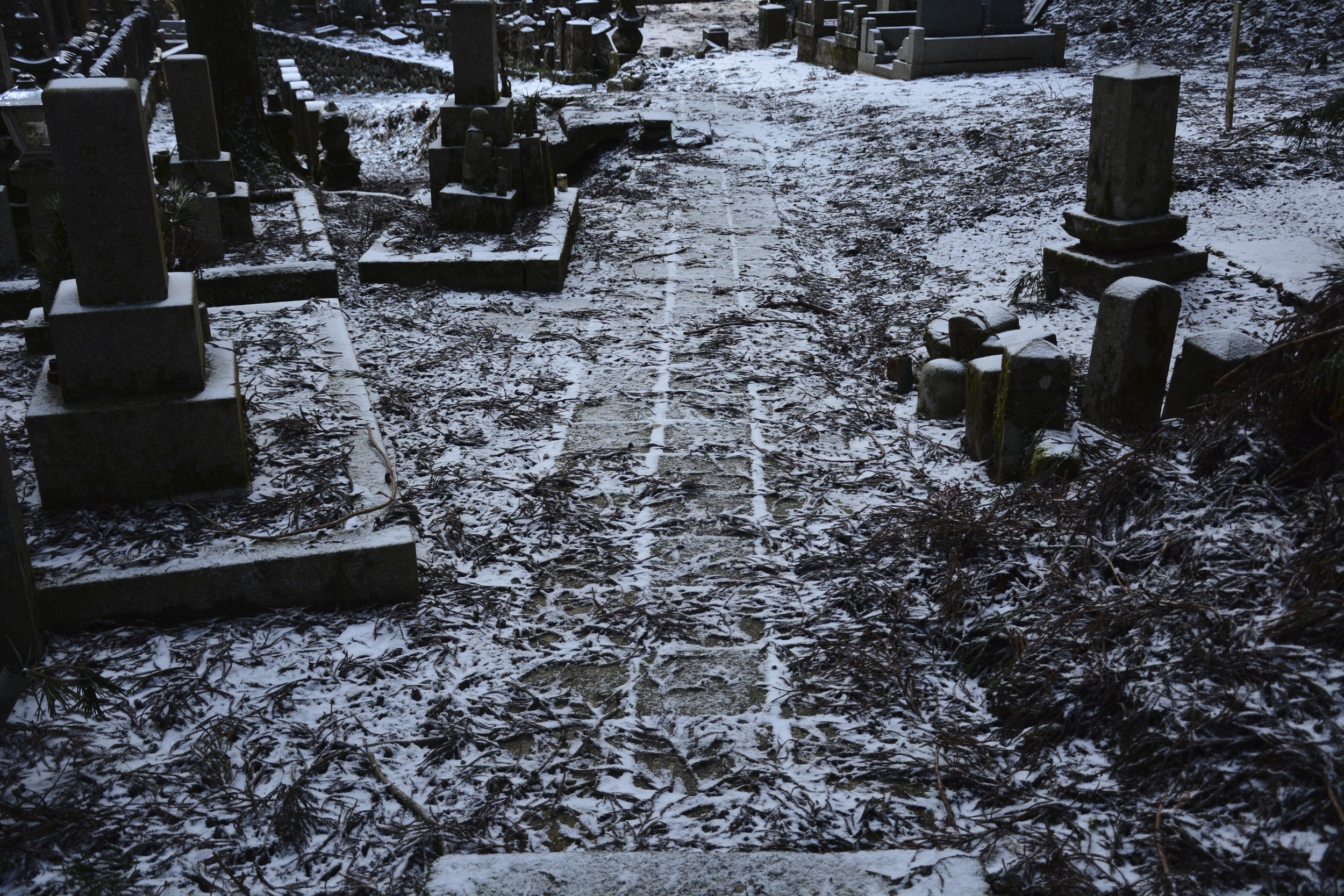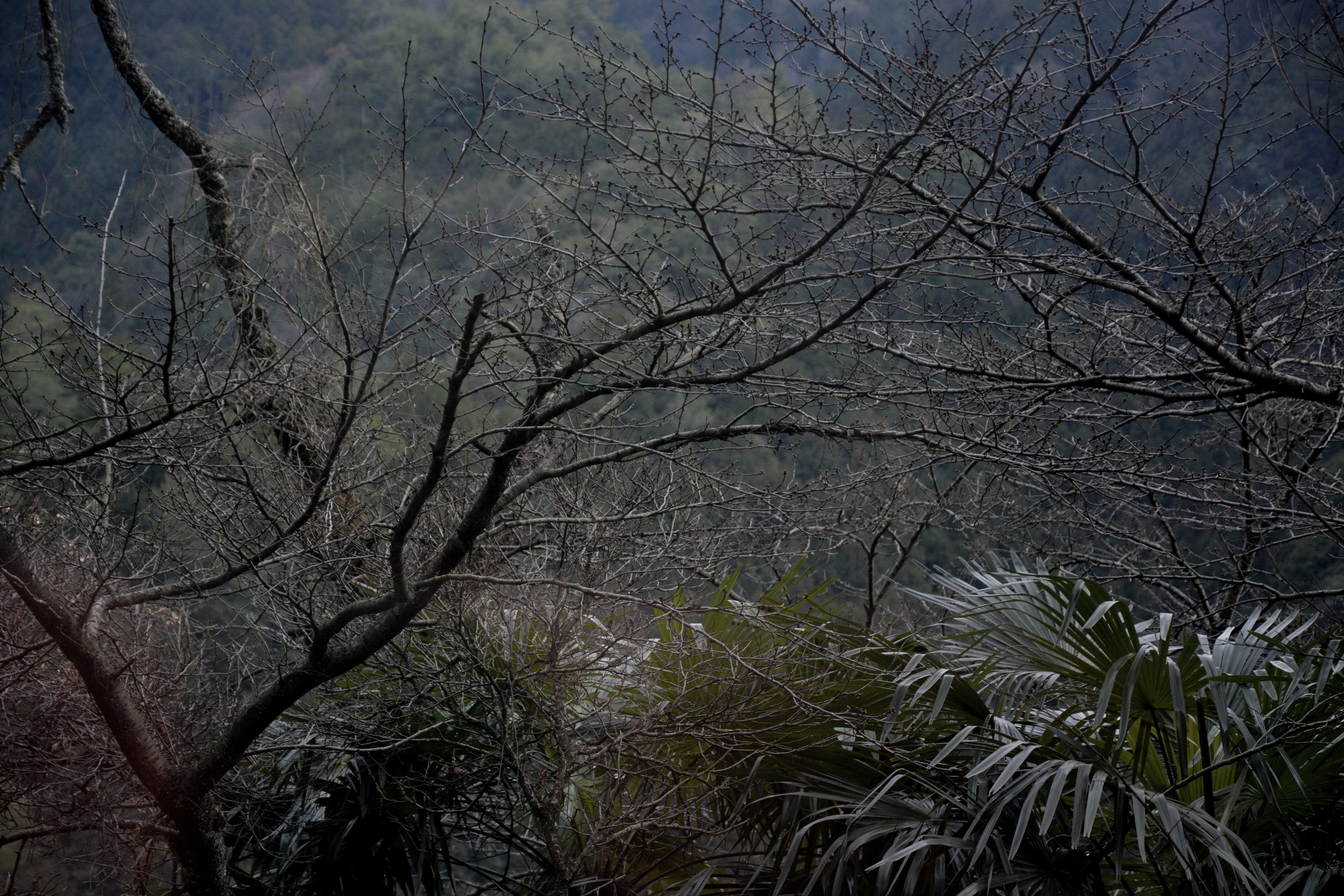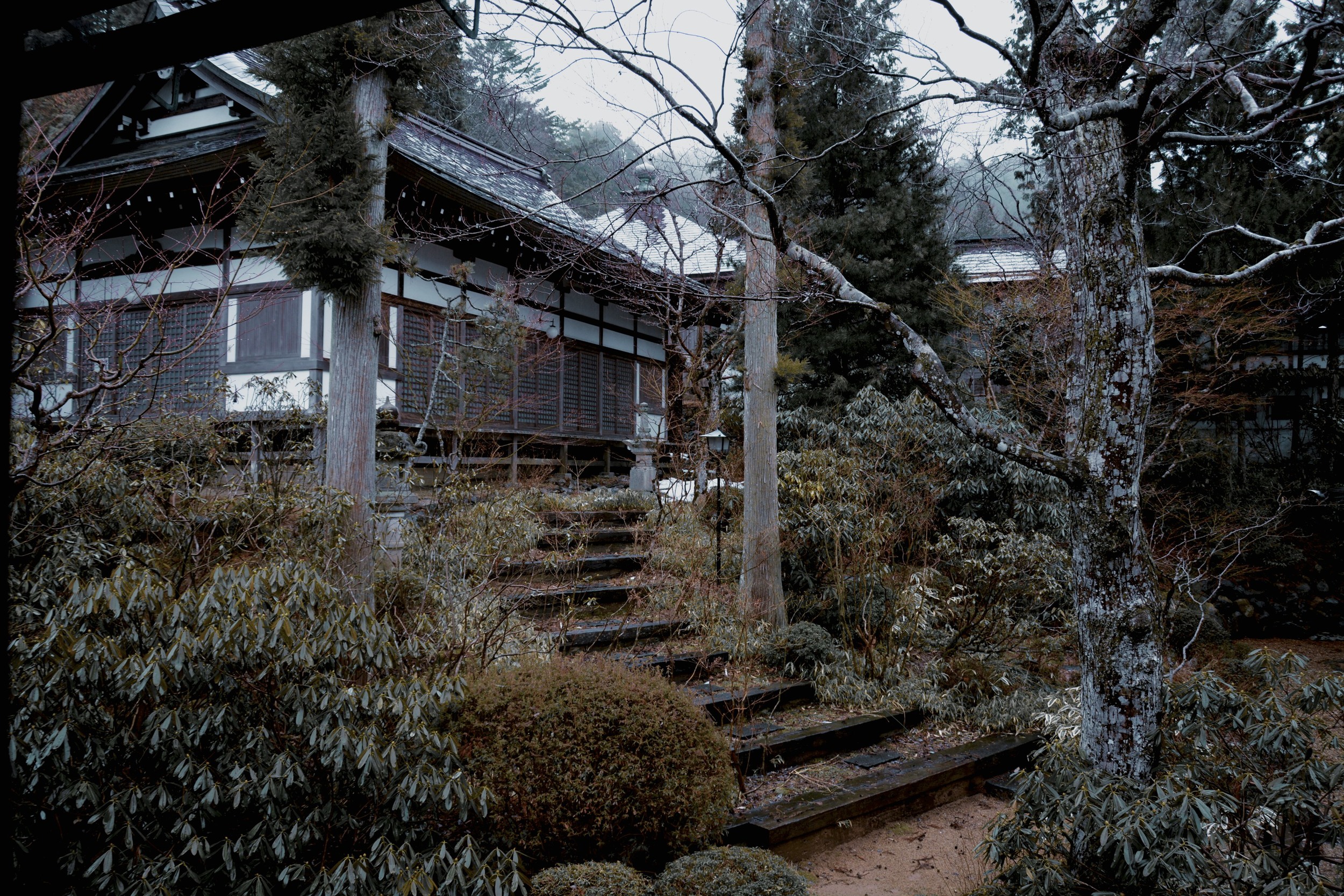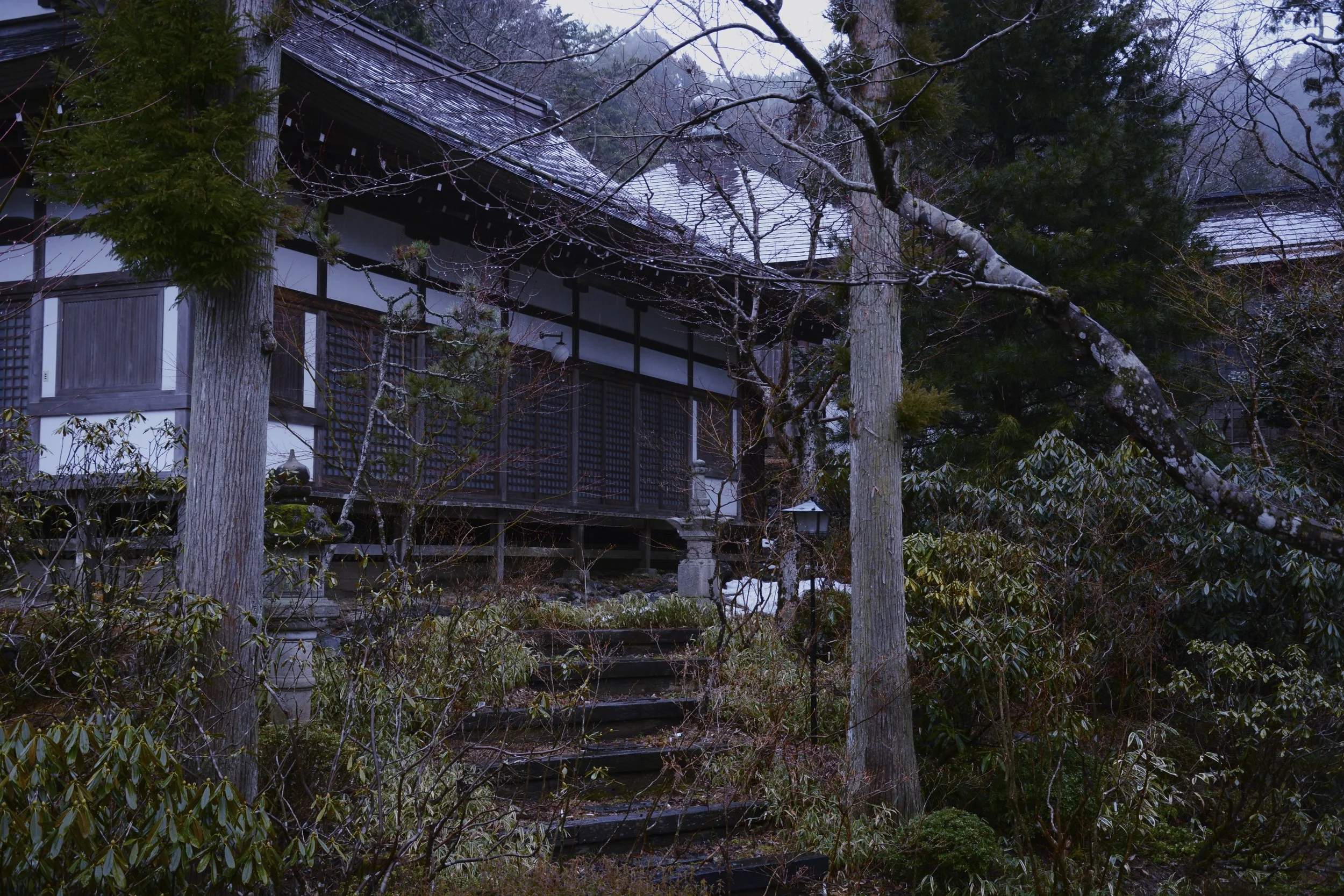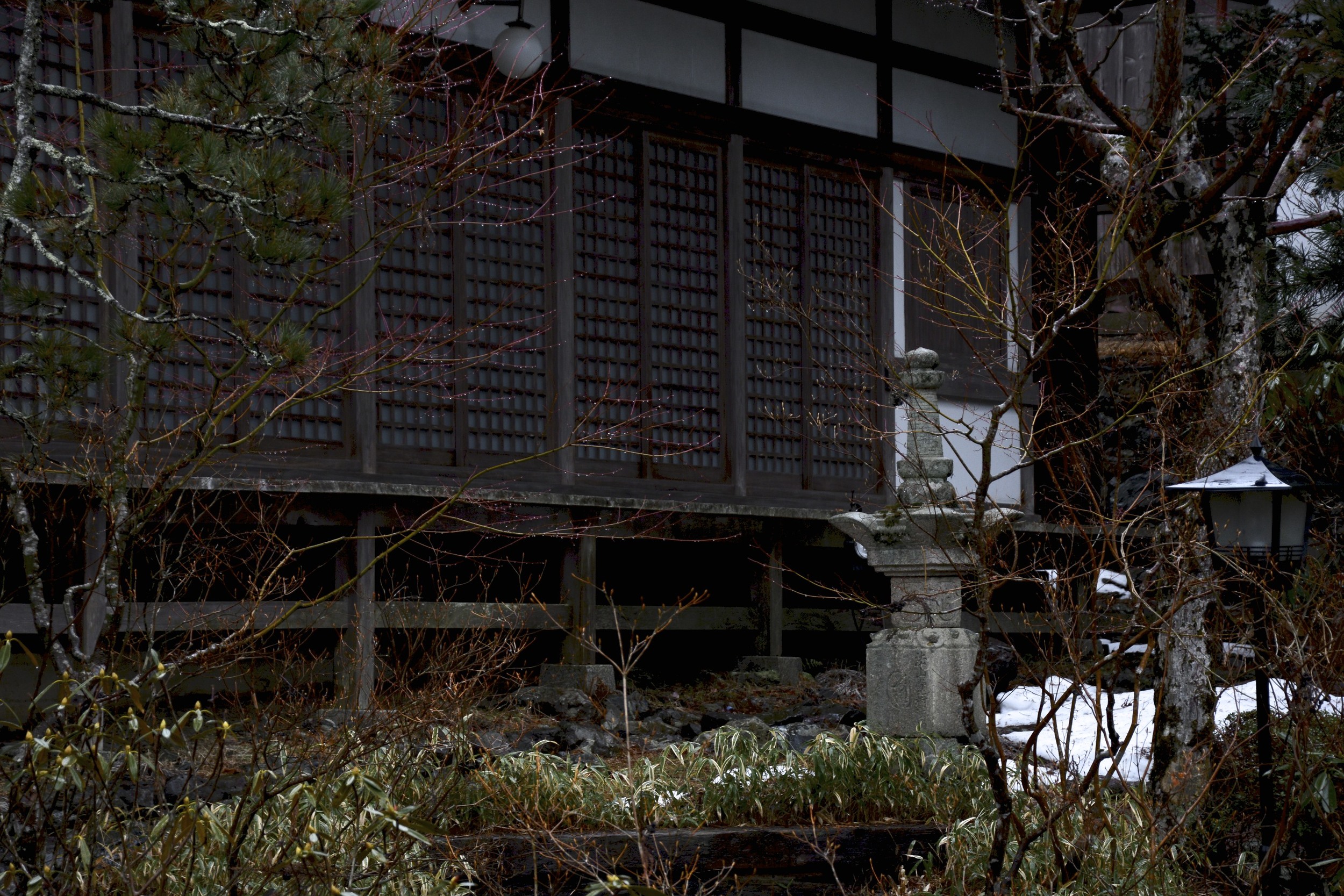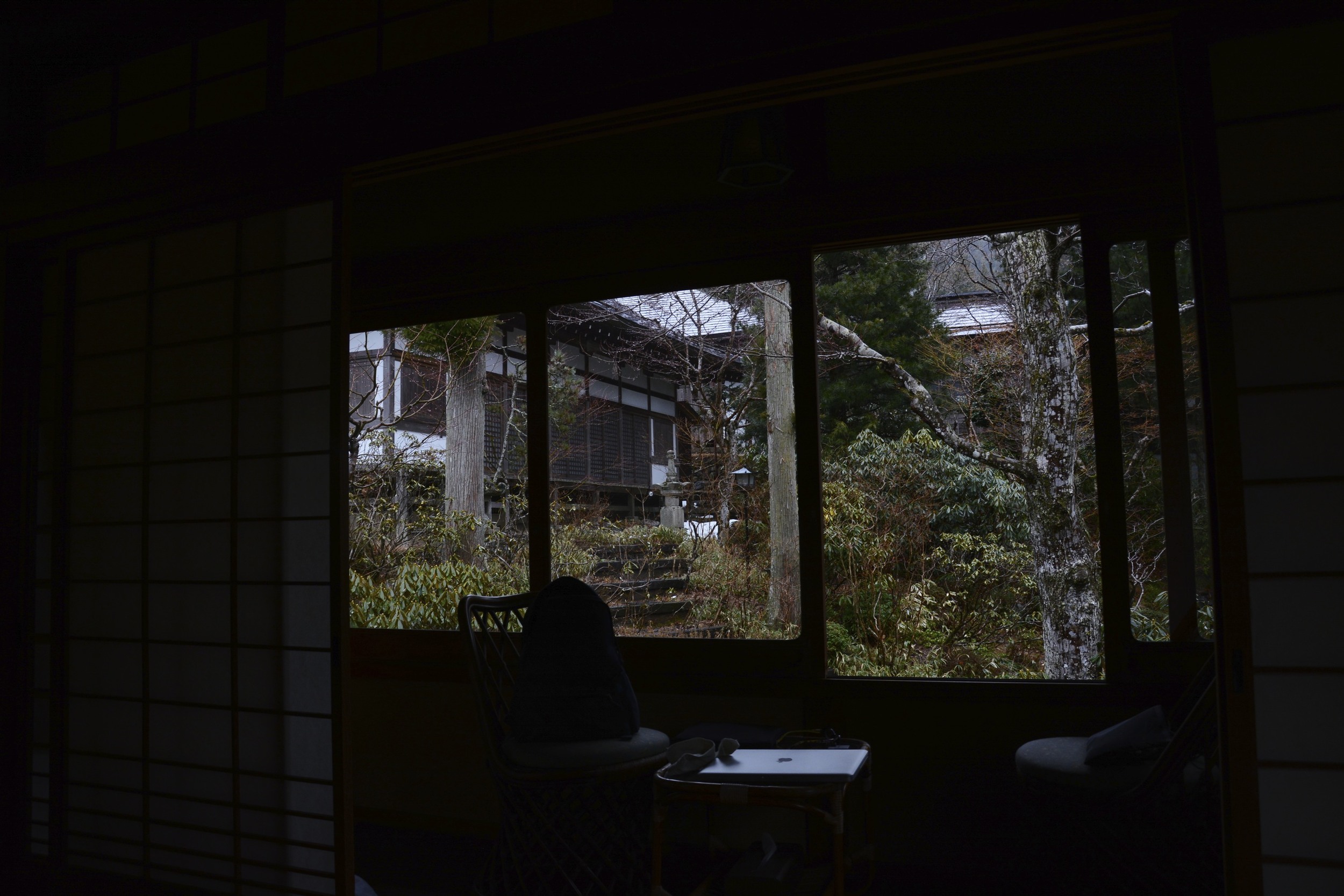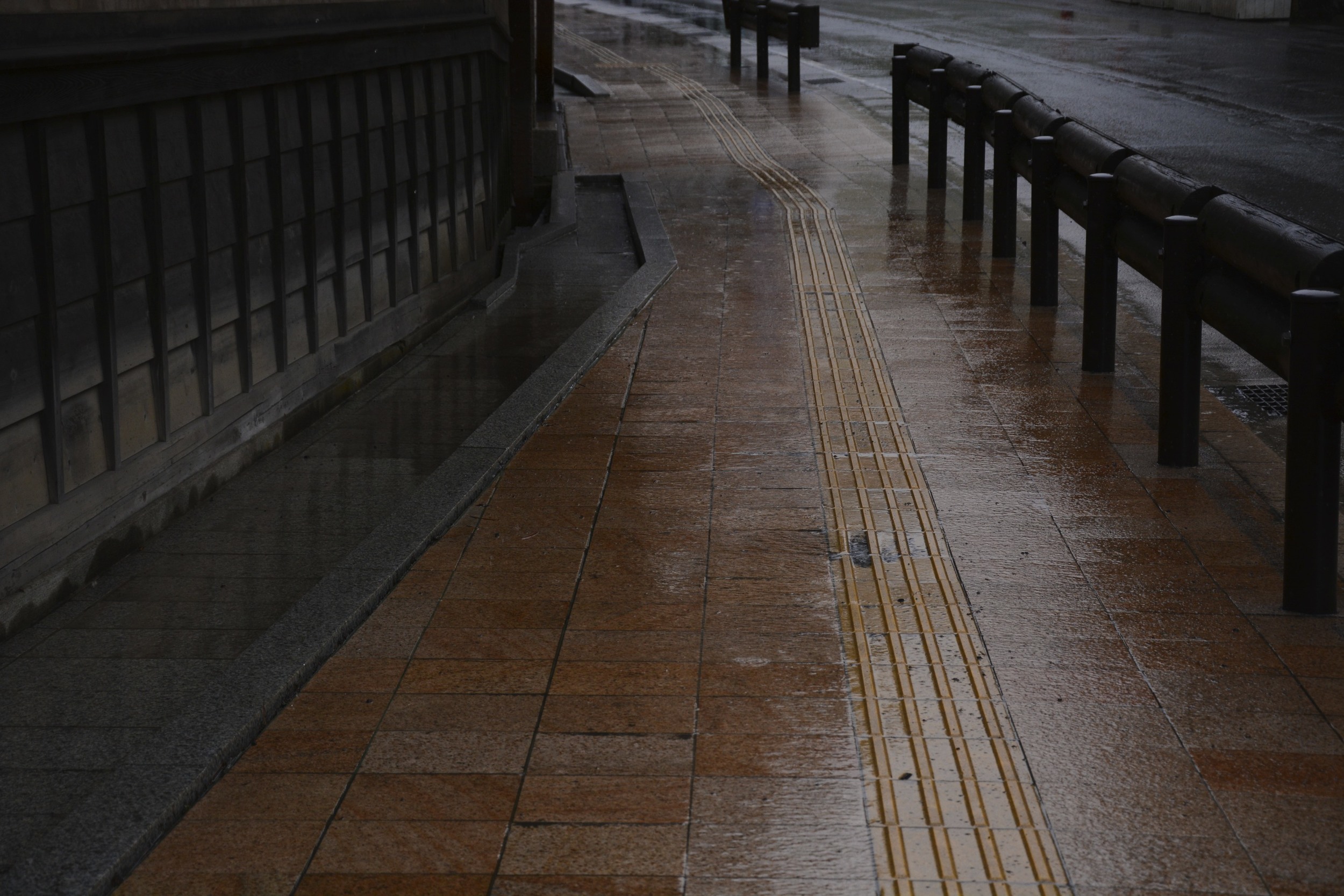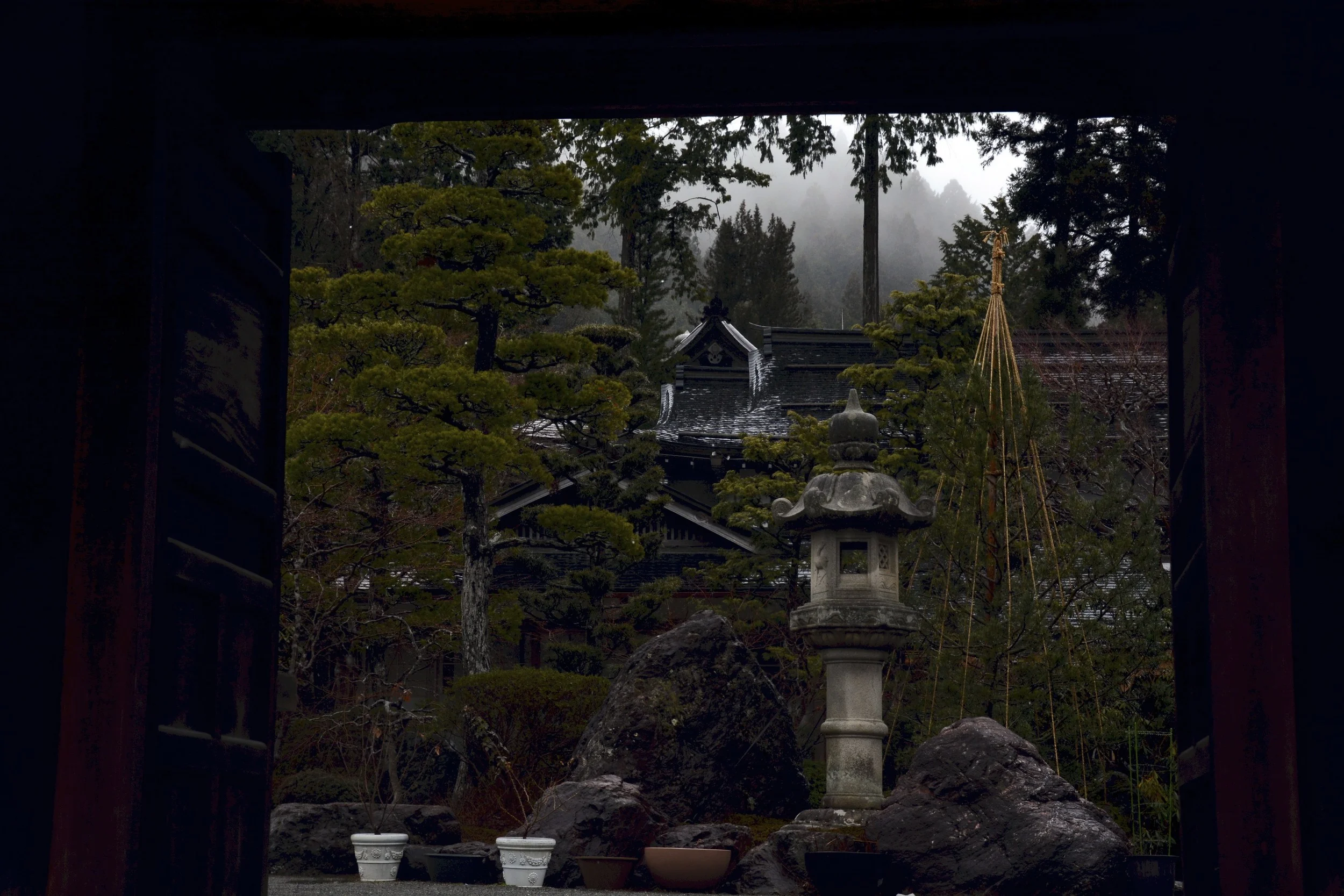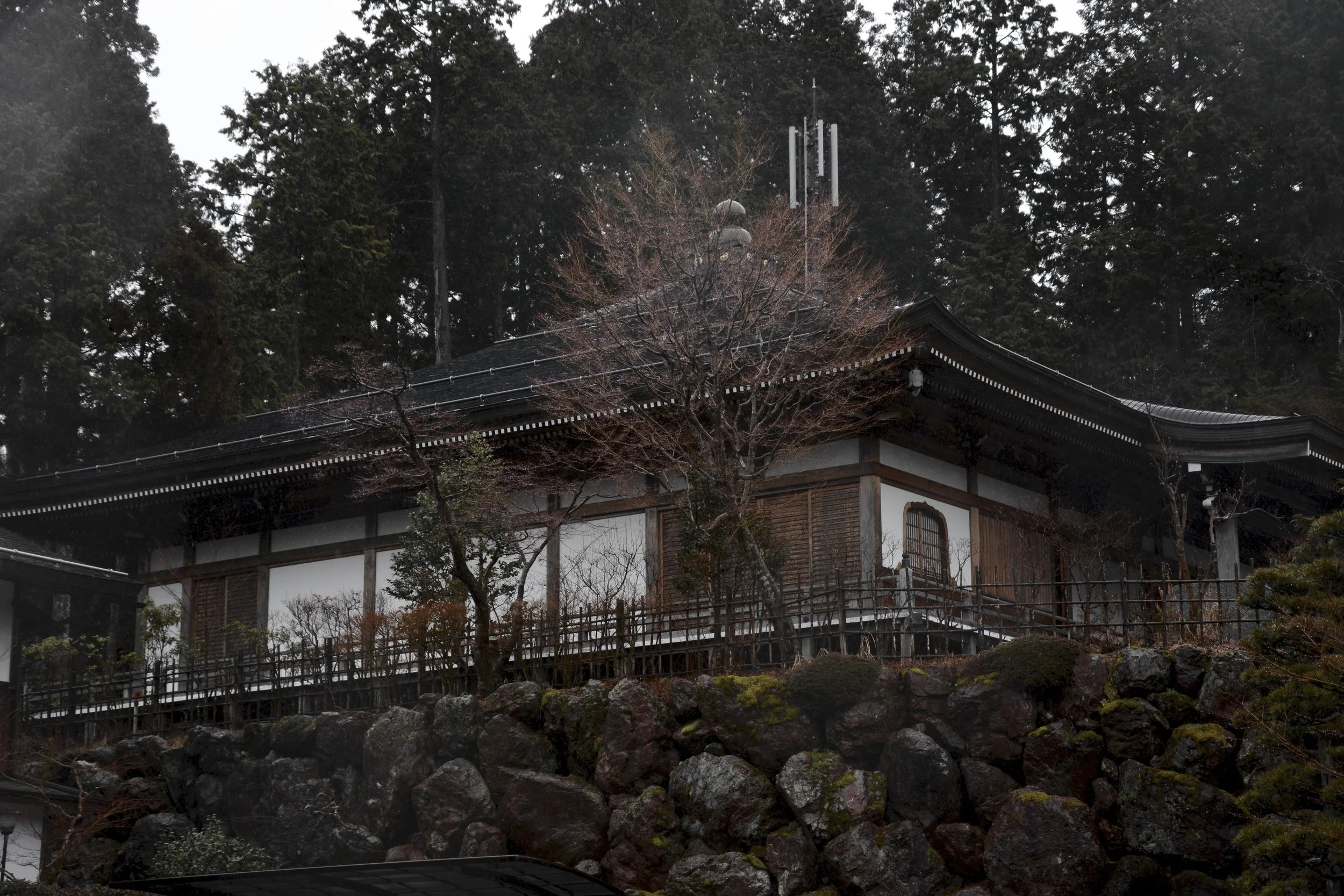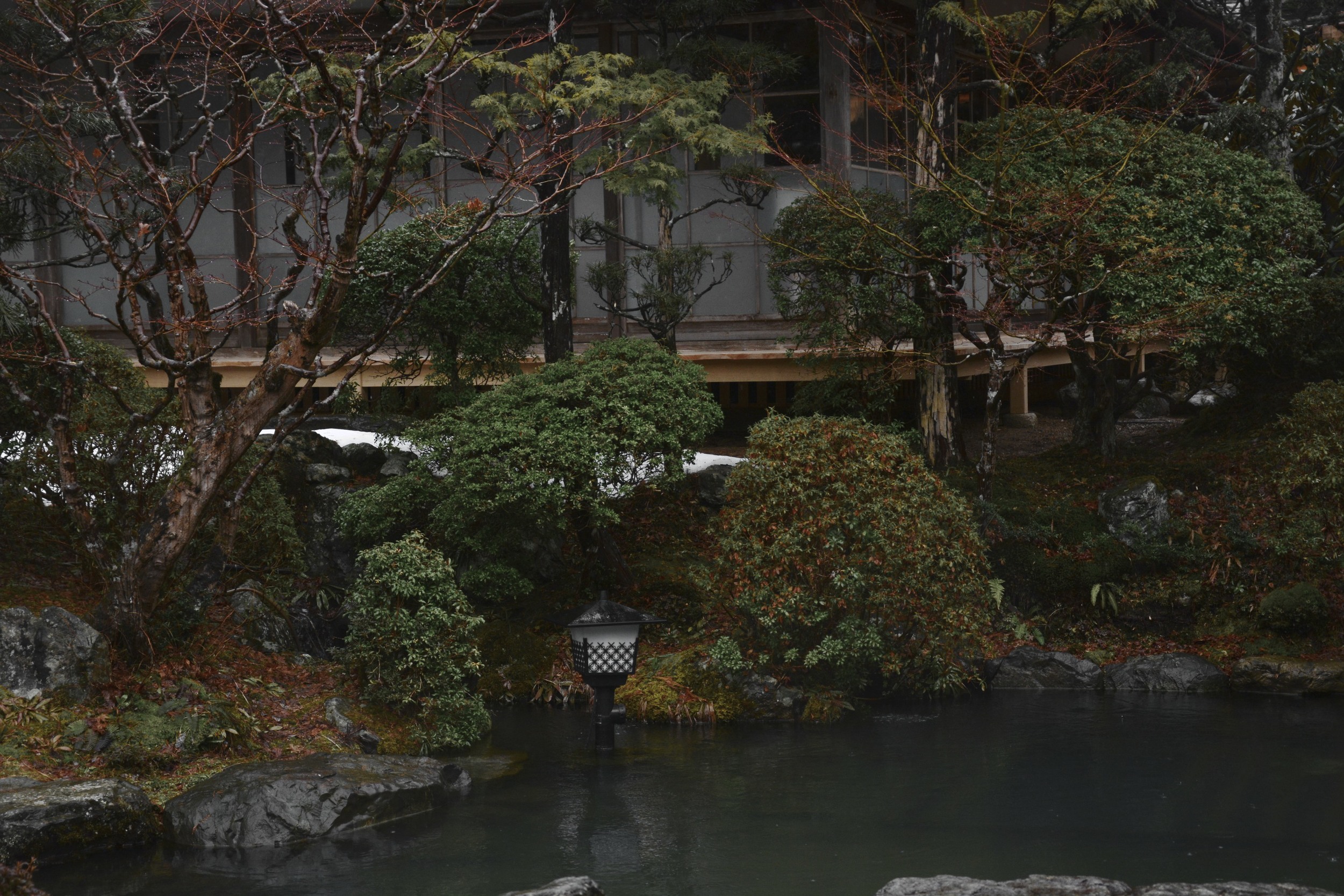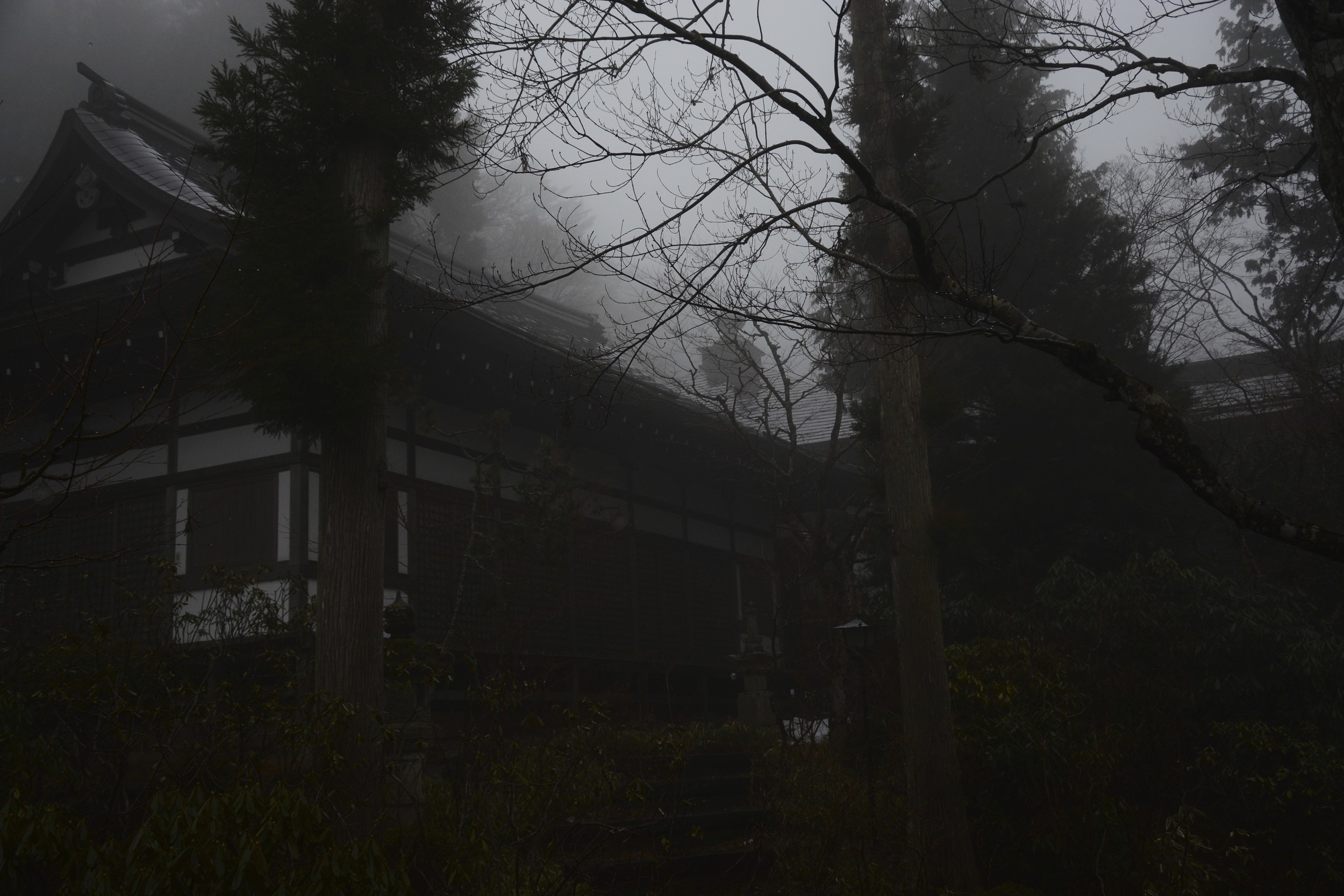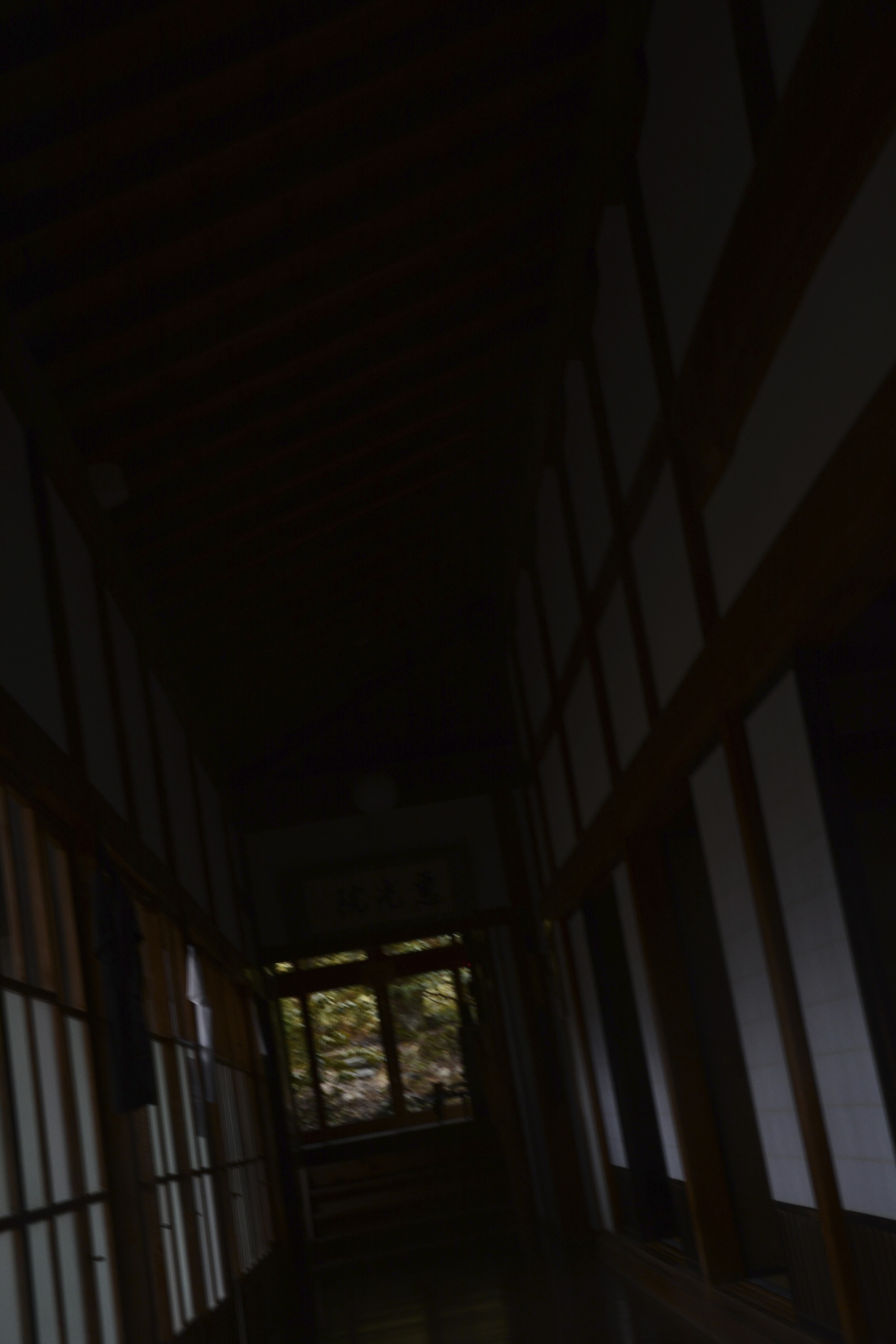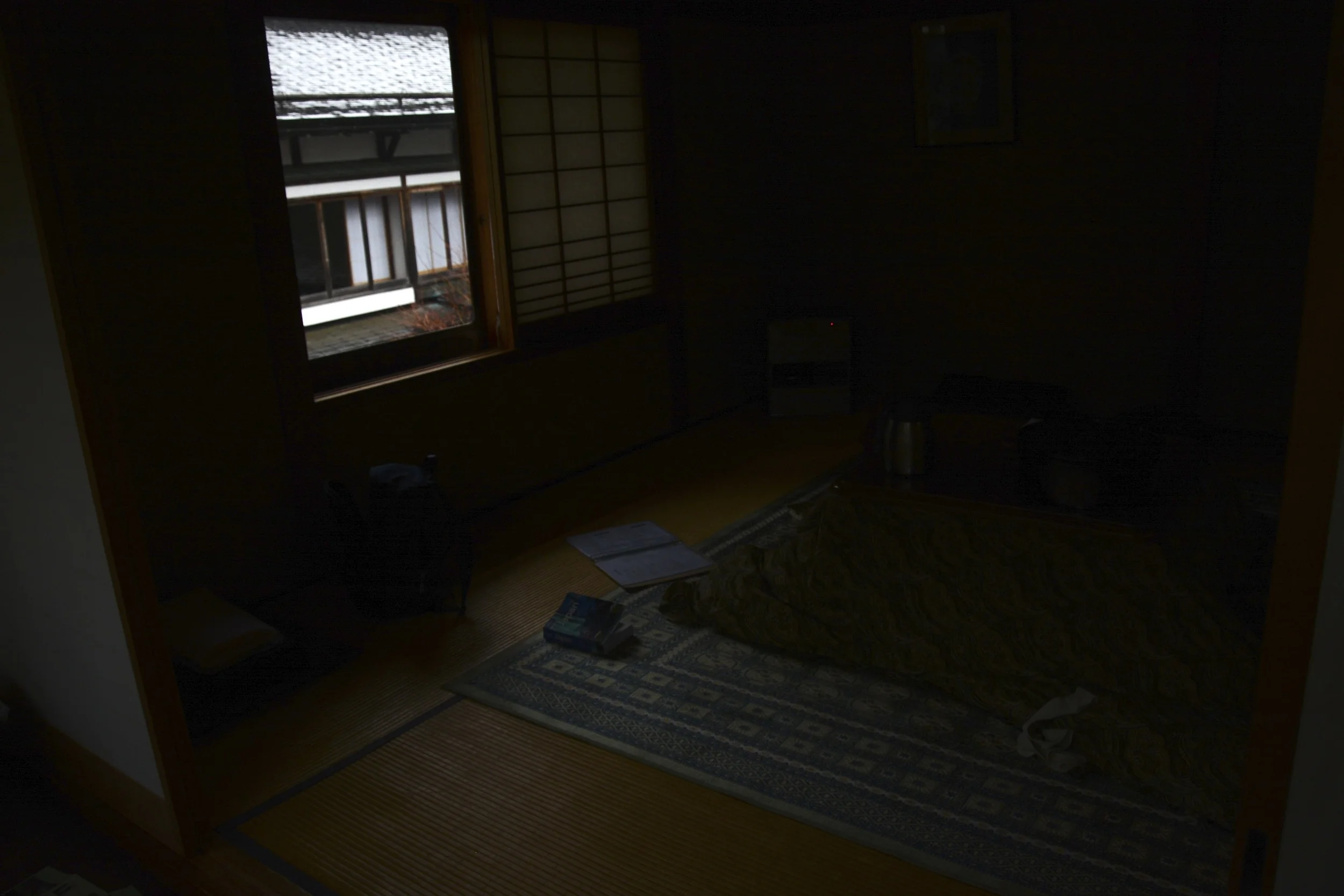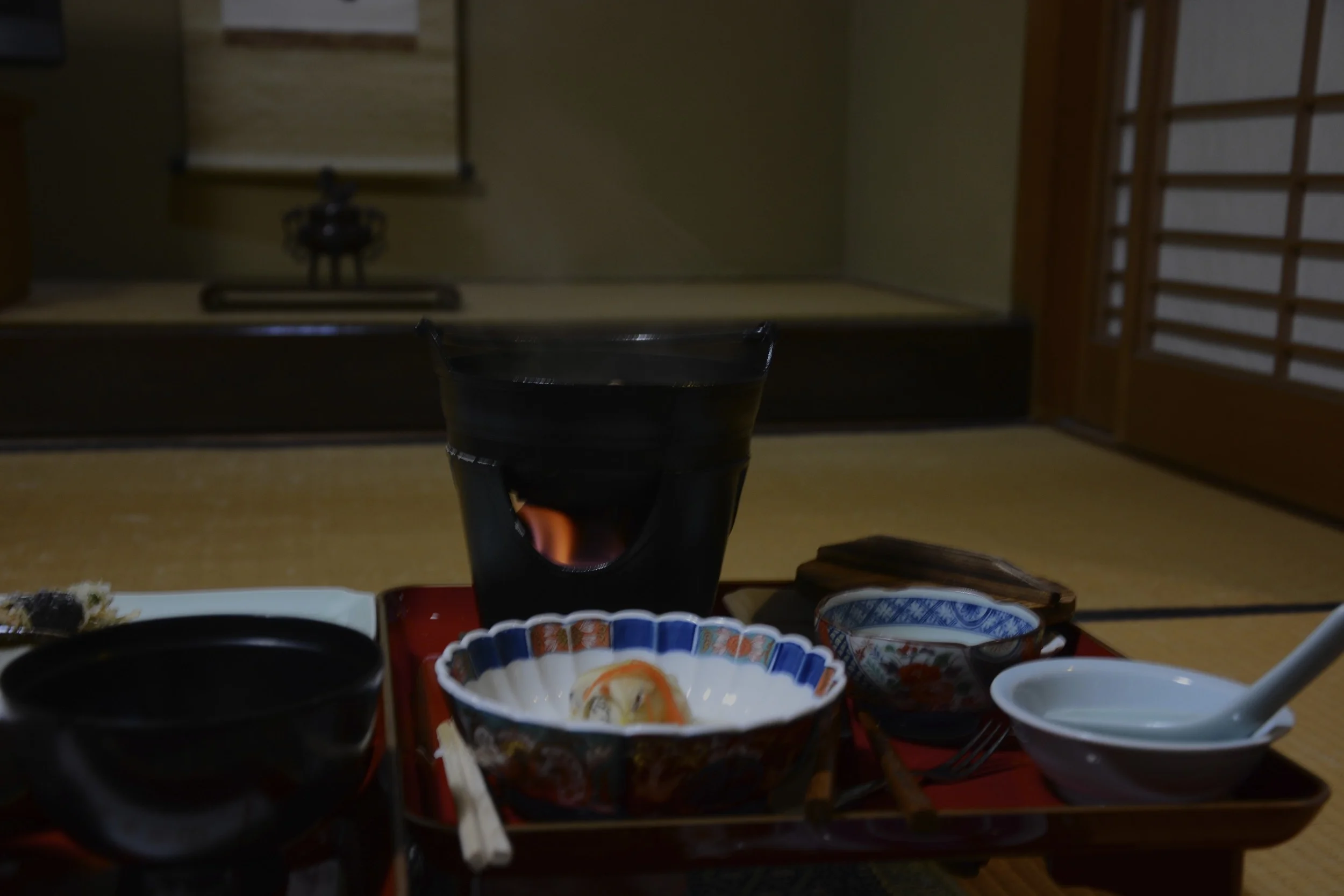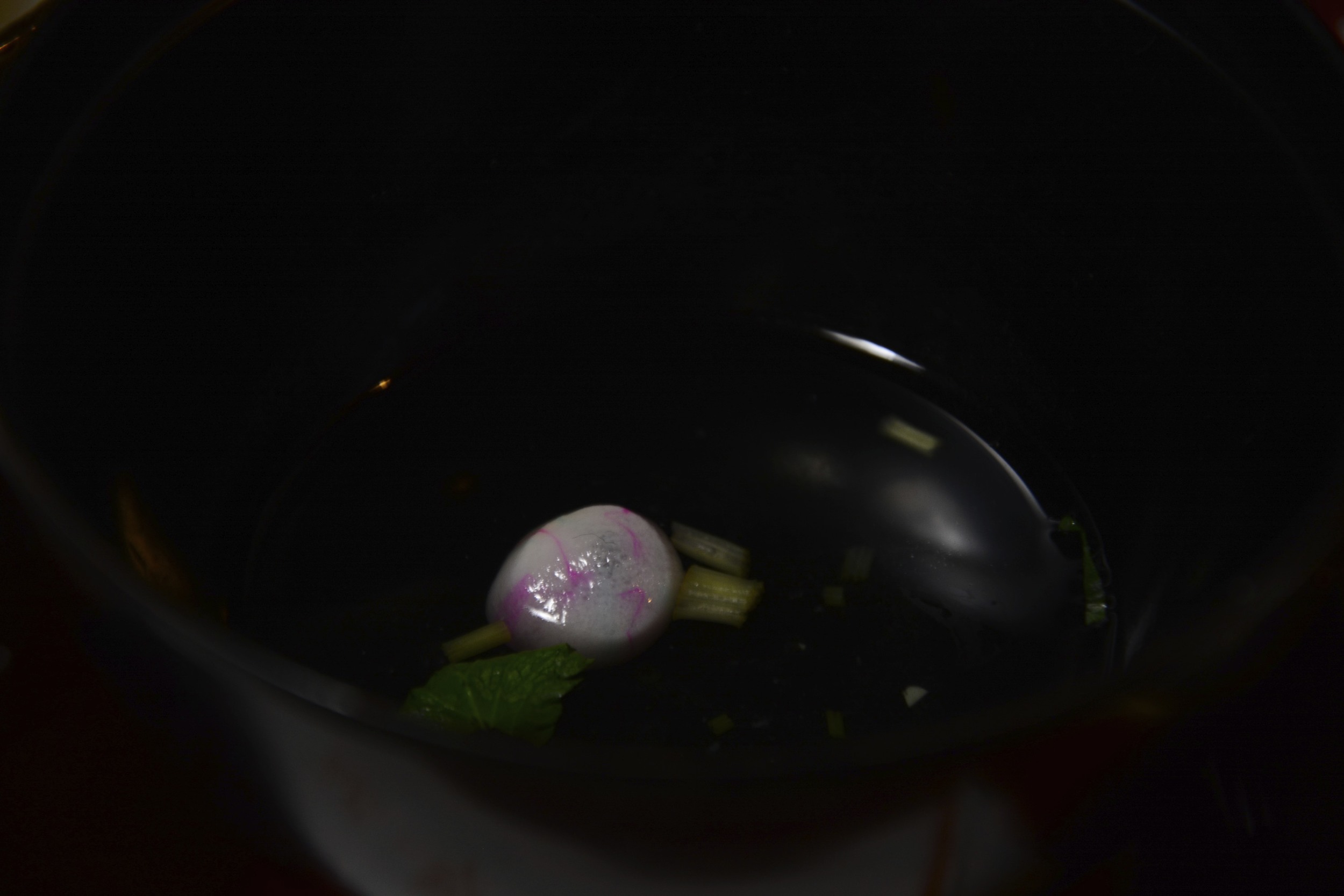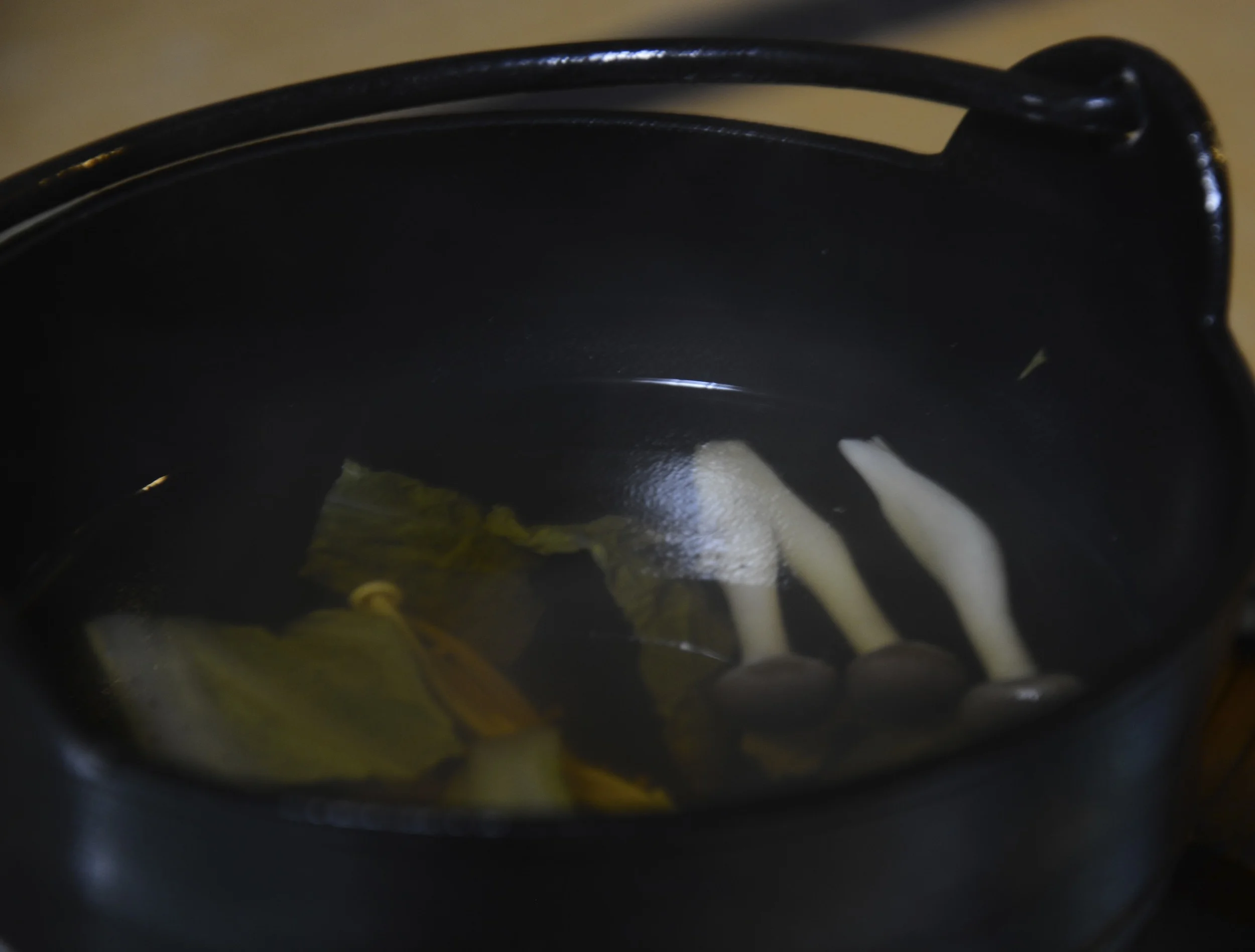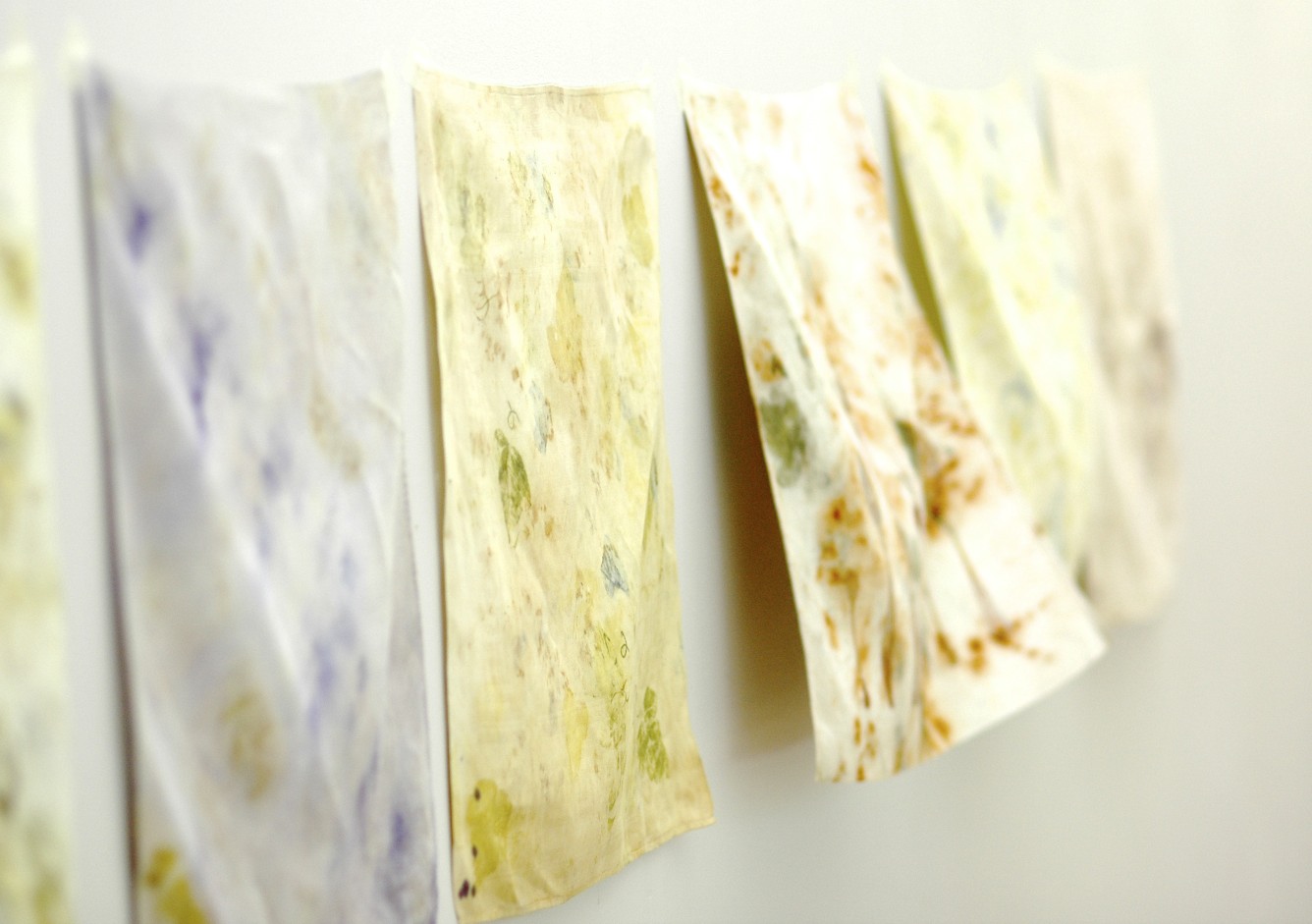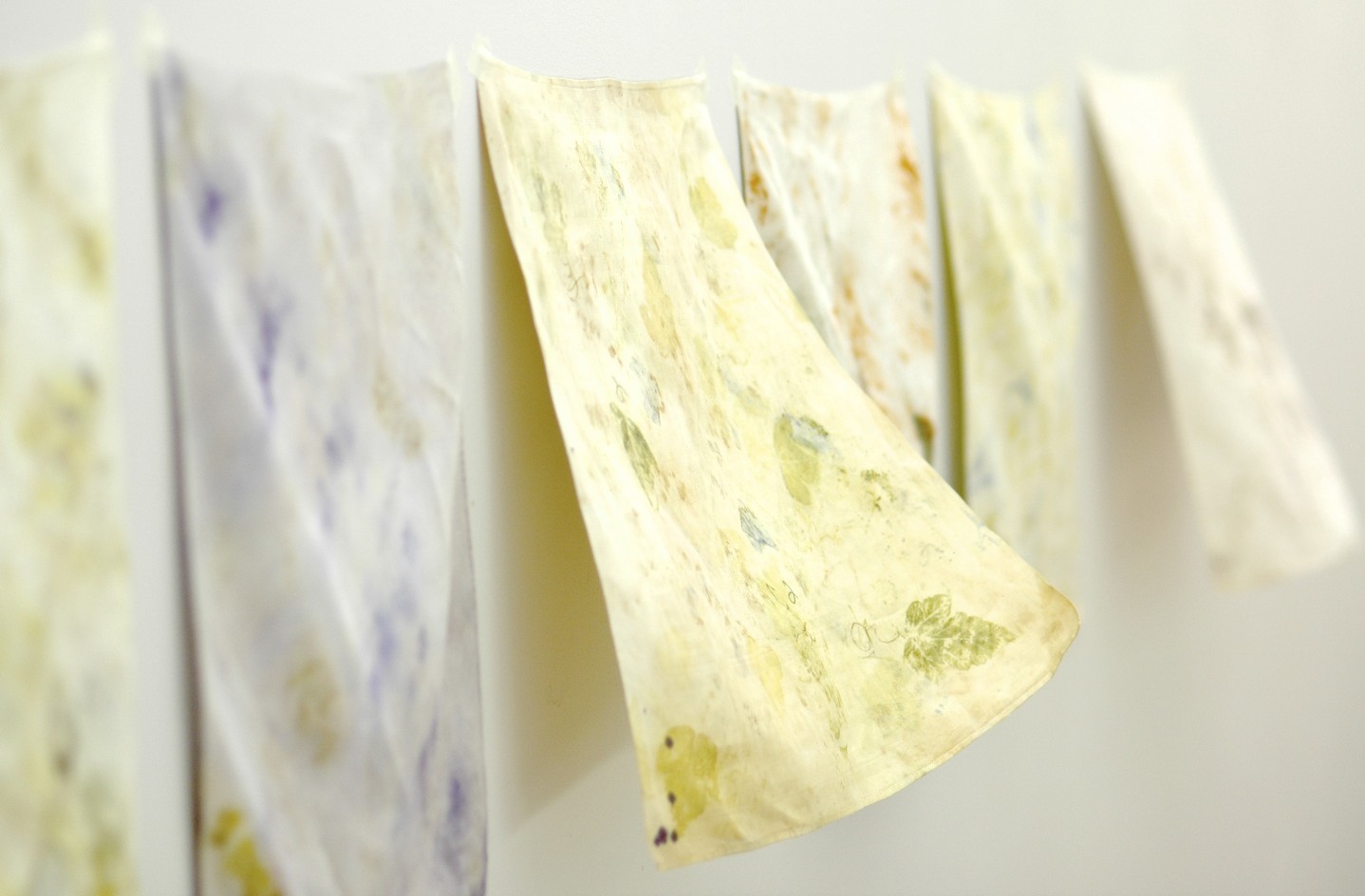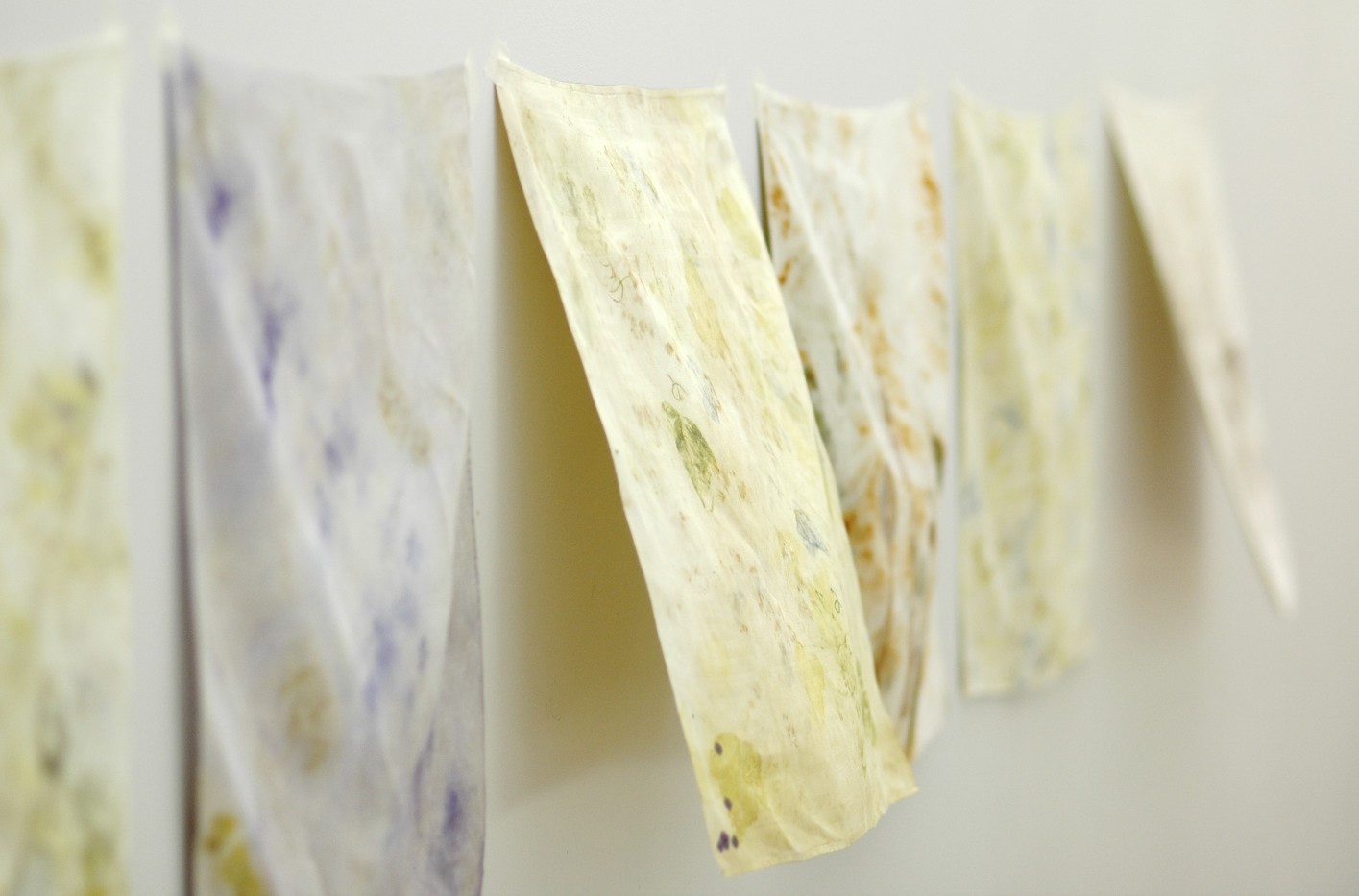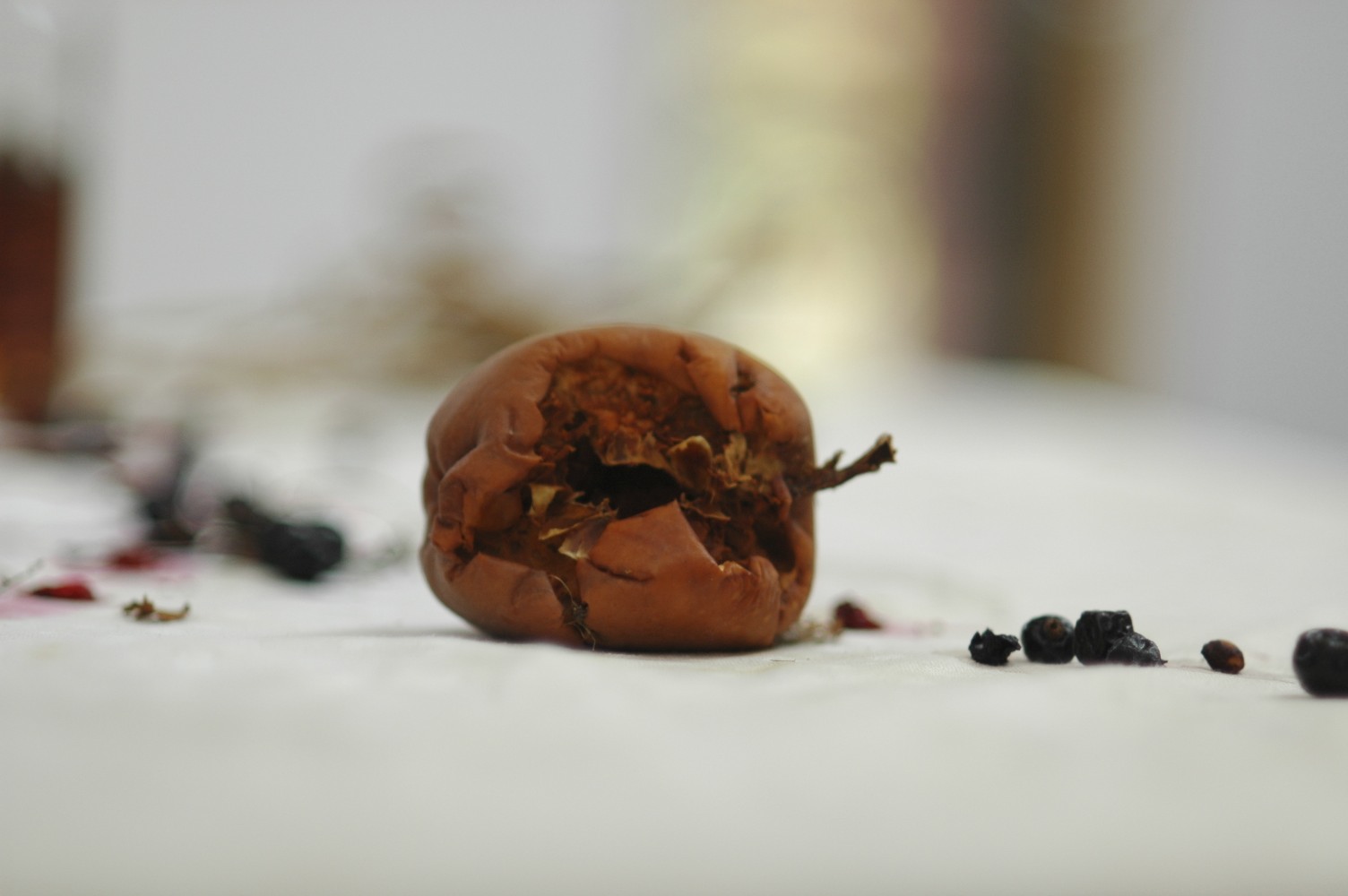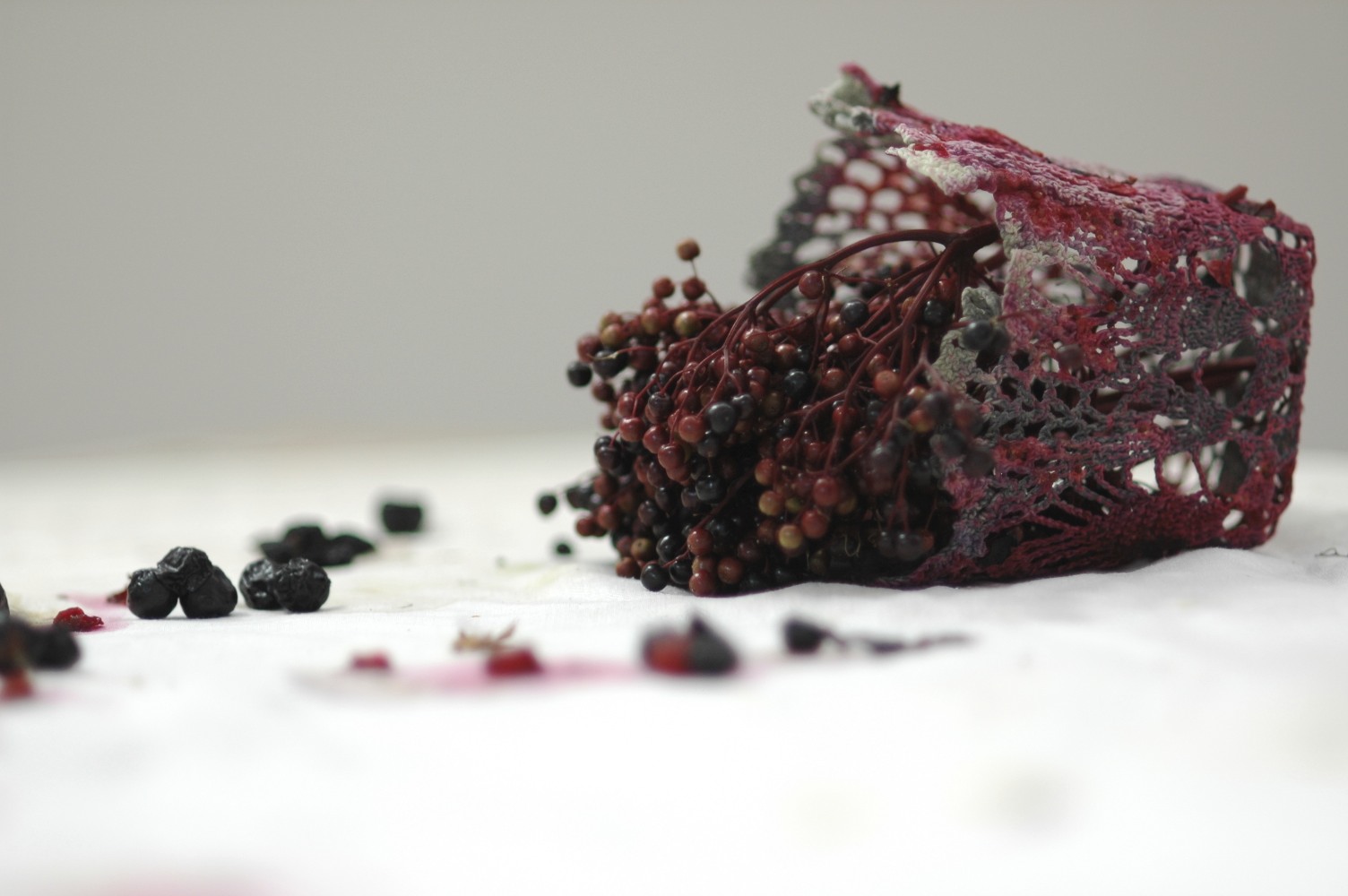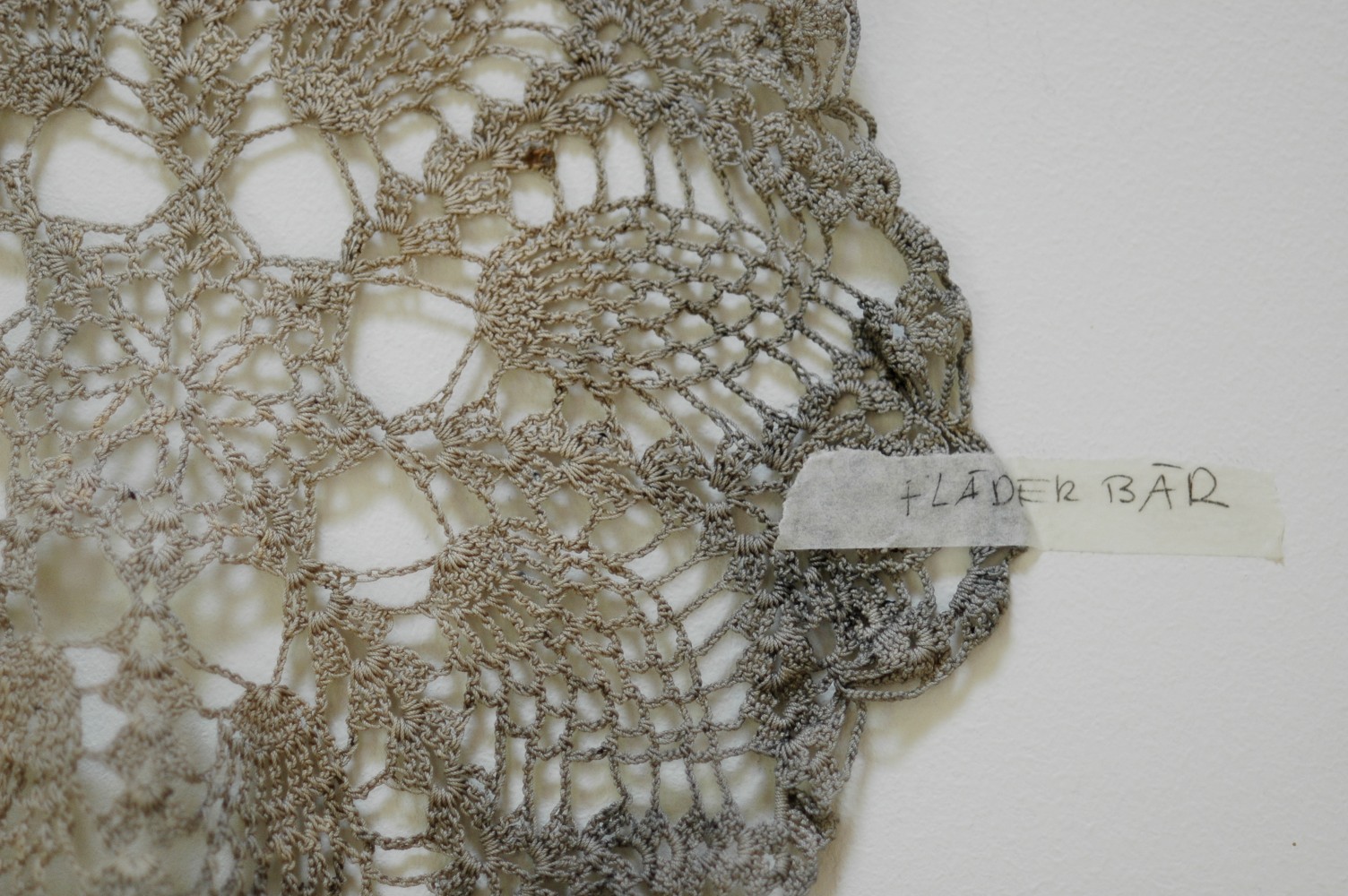First the sculpture called my attention then then the story, it is powerful standing there a bit hidden beside a tube station nearest to the Minamiza Kabuki theatre in Kyoto, possible the best Kabuki theter in Japan.
The history of kabuki began in 1603 when Izumo no Okuni, possibly a miko of Izumo Taisha, began performing a new style of dance drama in the dry riverbeds of Kyoto. Female performers played both men and women in comic playlets about ordinary life. The style was immediately popular, and Okuni was asked to perform before the Imperial Court. In the wake of such success, rival troupes quickly formed, and kabuki was born as ensemble dance and drama performed by women—a form very different from its modern incarnation. Much of its appeal in this era was due to the ribald, suggestive themes featured by many troupes; this appeal was further augmented by the fact that the performers were often also available for prostitution.
For this reason, kabuki was also called "遊女歌舞妓" (prostitute-singing and dancing performer) during this period.
The stage provided good entertainment with exciting new music, patterns, clothing, and famous actors. Performances went from morning until sunset. The teahouses surrounding or connected to the theater provided meals, refreshments, and good company. The area around the theatres was lush with shops selling kabuki souvenirs. Kabuki, in a sense, initiated pop culture in Japan.
The shogunate was never partial to kabuki and all the mischief it brought, particularly the variety of the social classes which mixed at kabuki performances. Women’s kabuki, called onna-kabuki, was banned in 1629 for being too erotic. Following onna-kabuki, young boys performed in wakashū-kabuki, but since they too were eligible for prostitution, the shogun government soon banned wakashū-kabuki as well.
Kabuki switched to adult male actors, called yaro-kabuki, in the mid-1600s. Male actors played both female and male characters. The theatre remained popular, and remained a focus of urban lifestyle until modern times.



